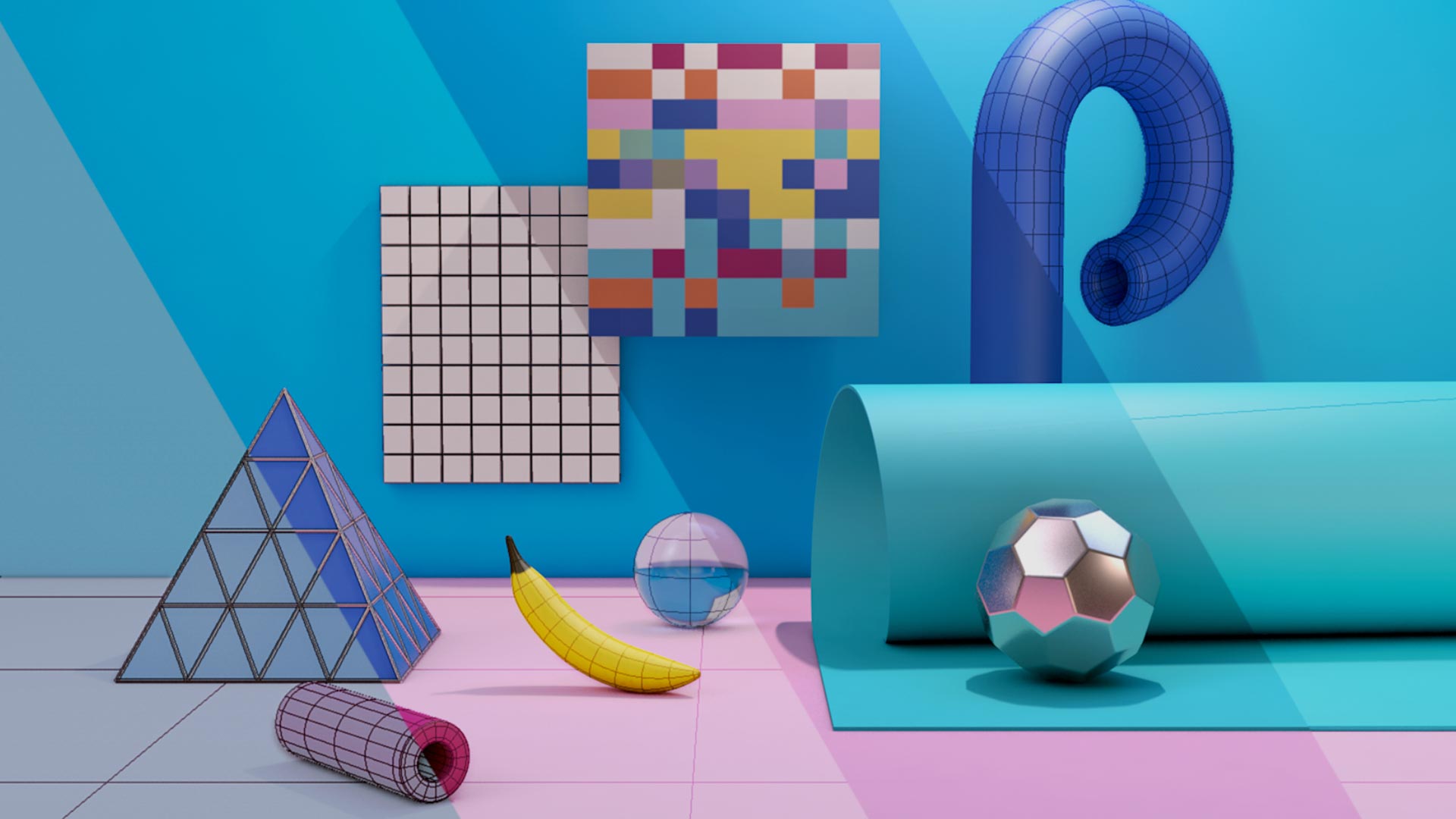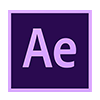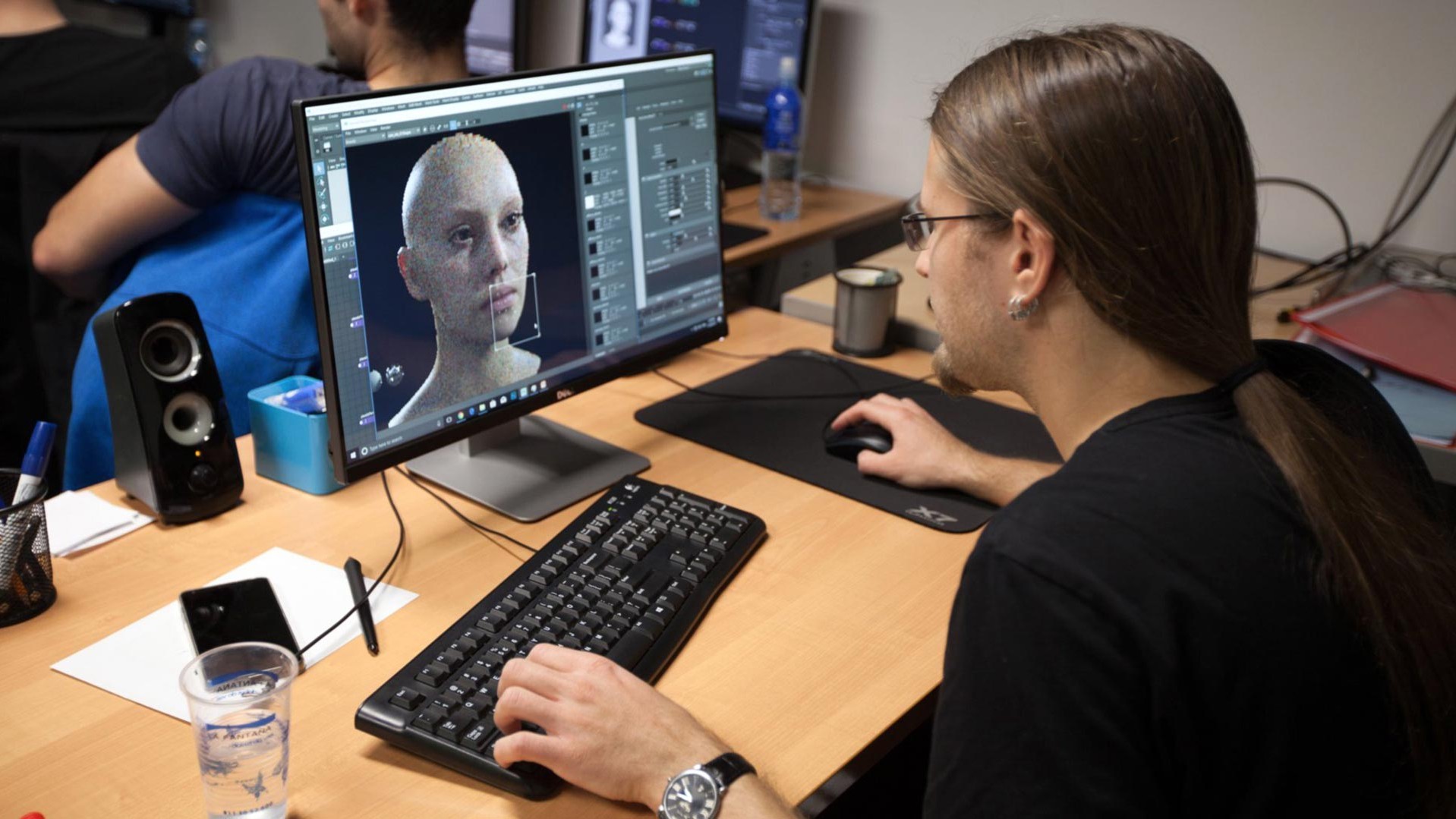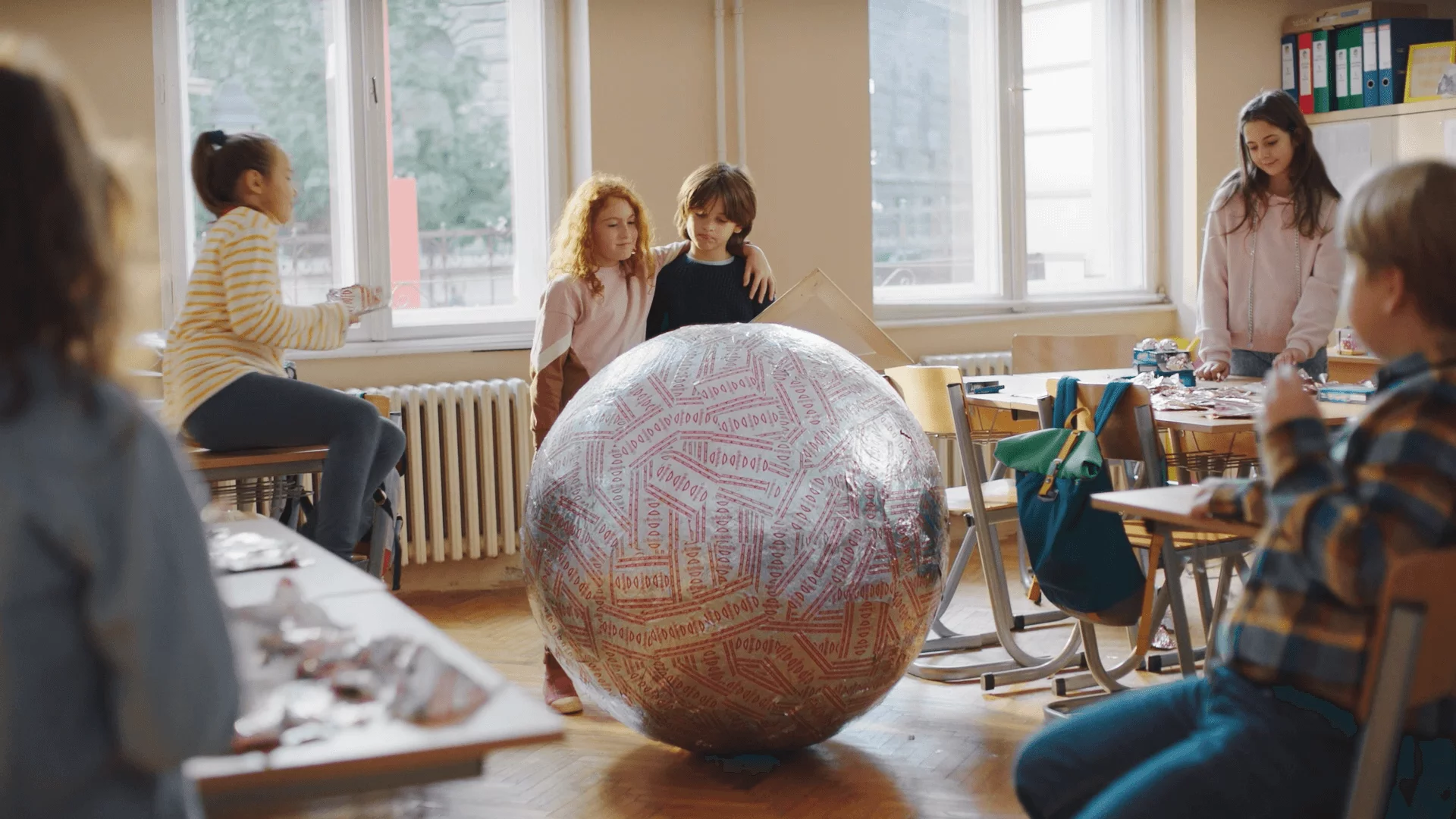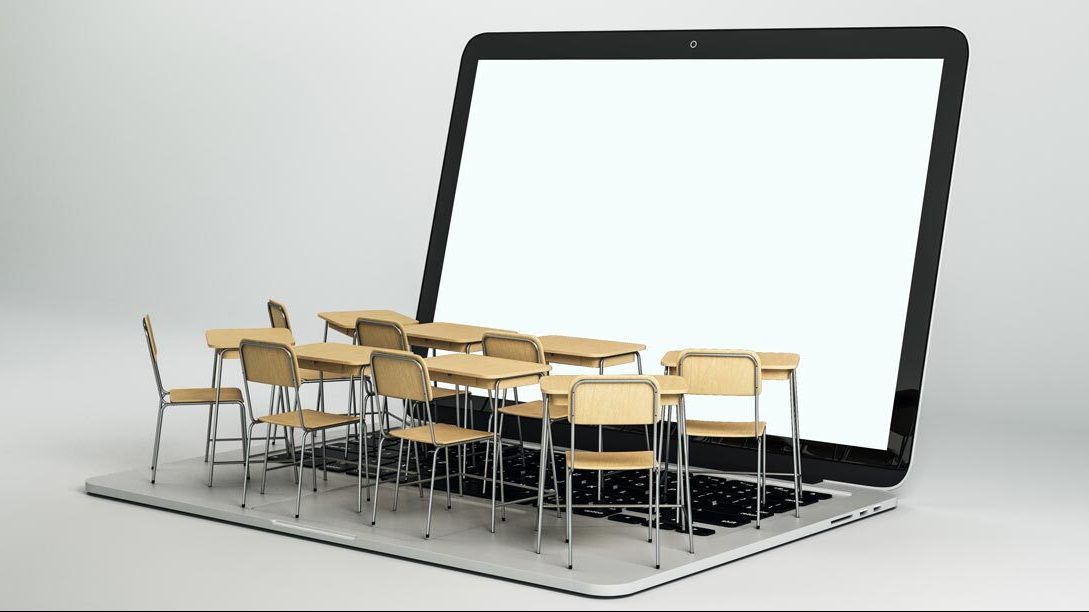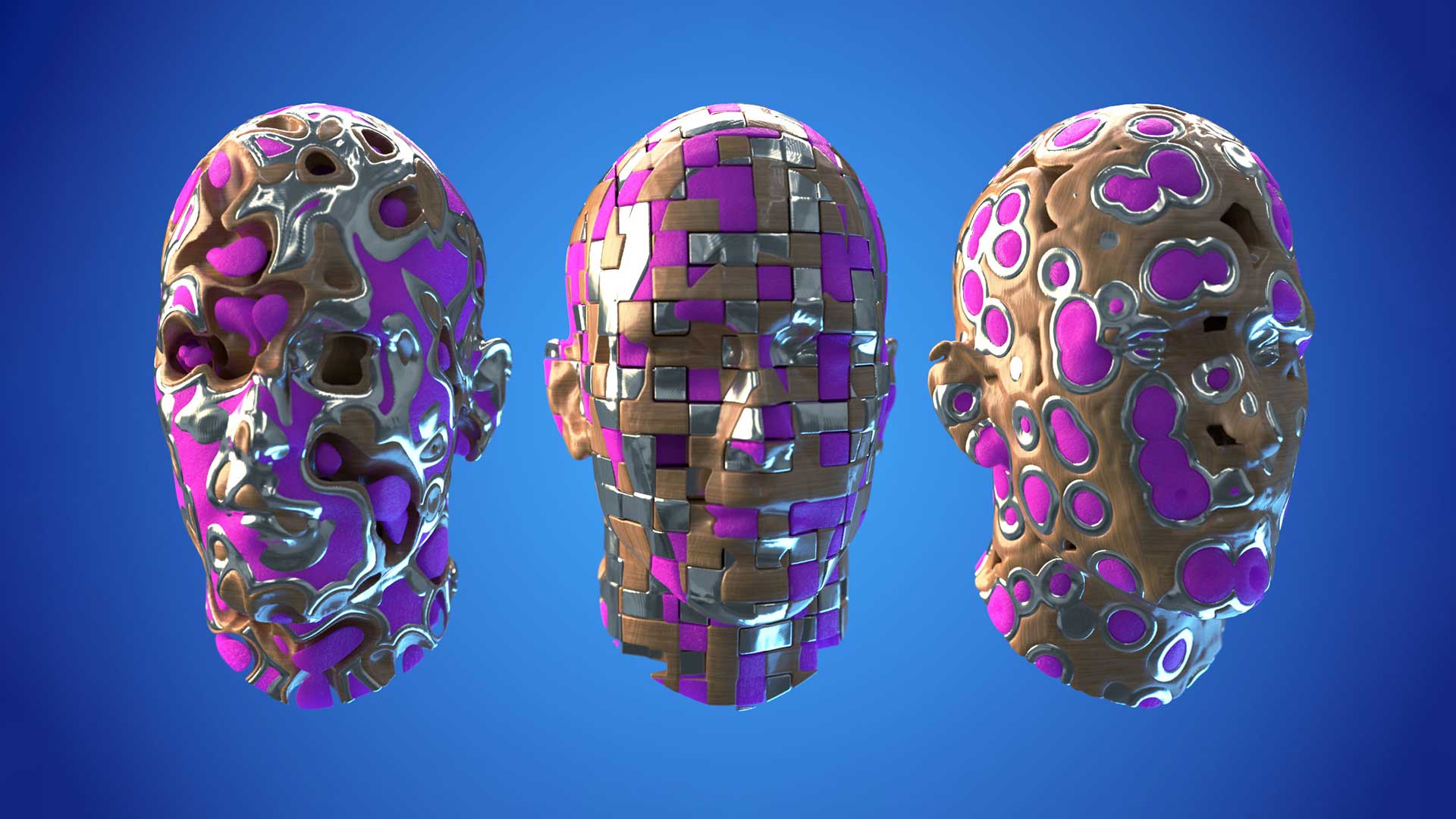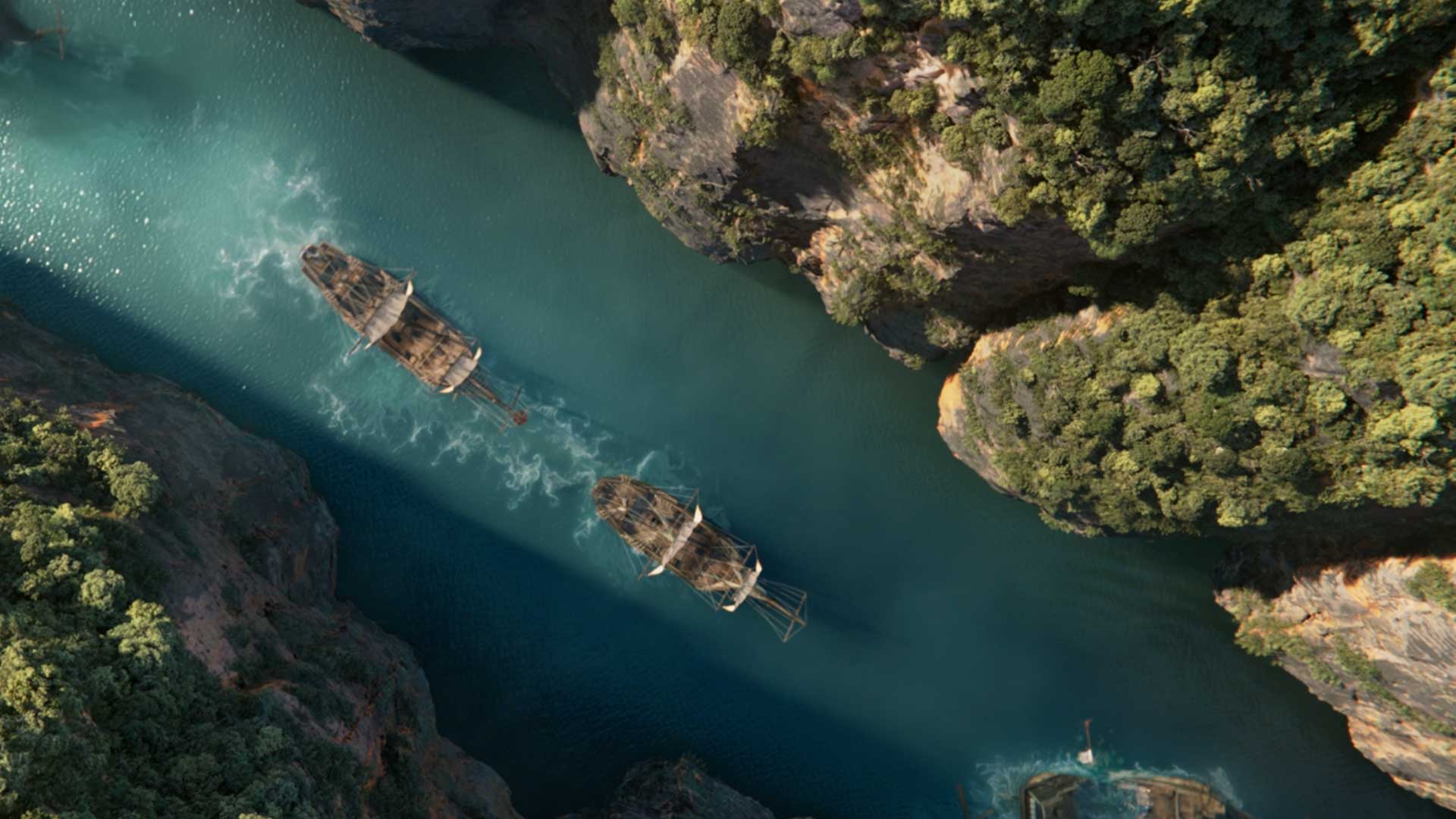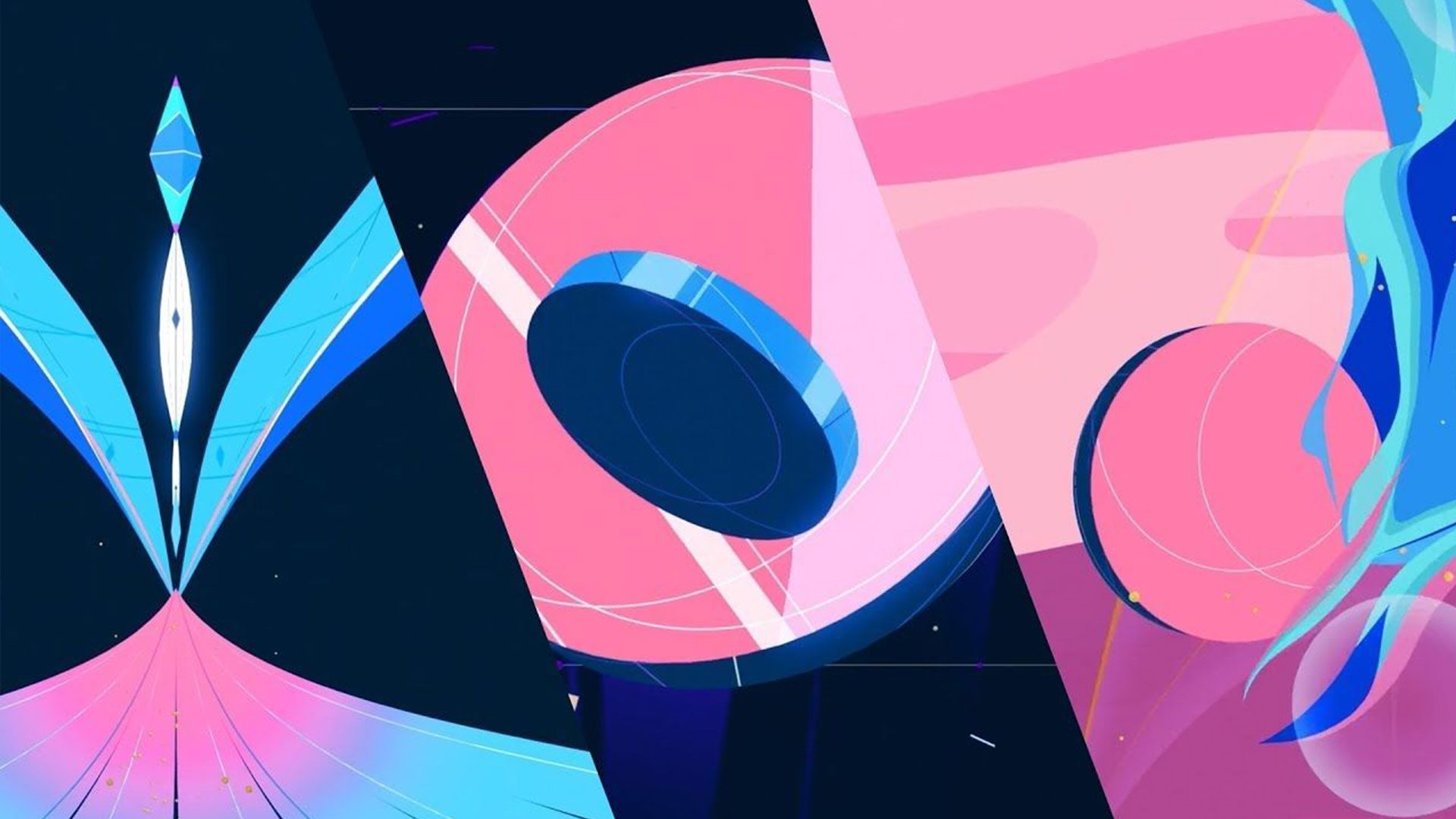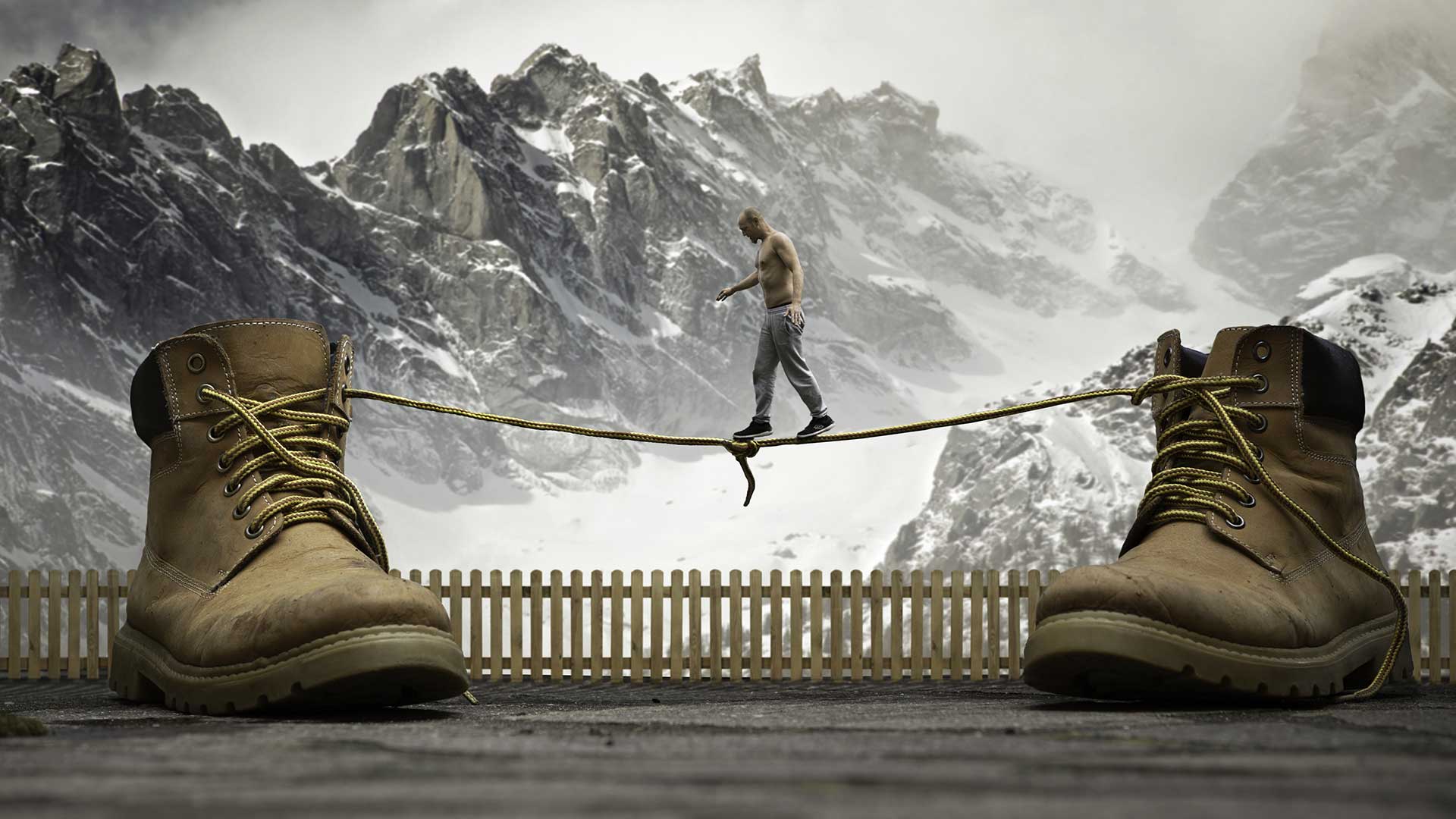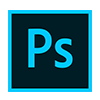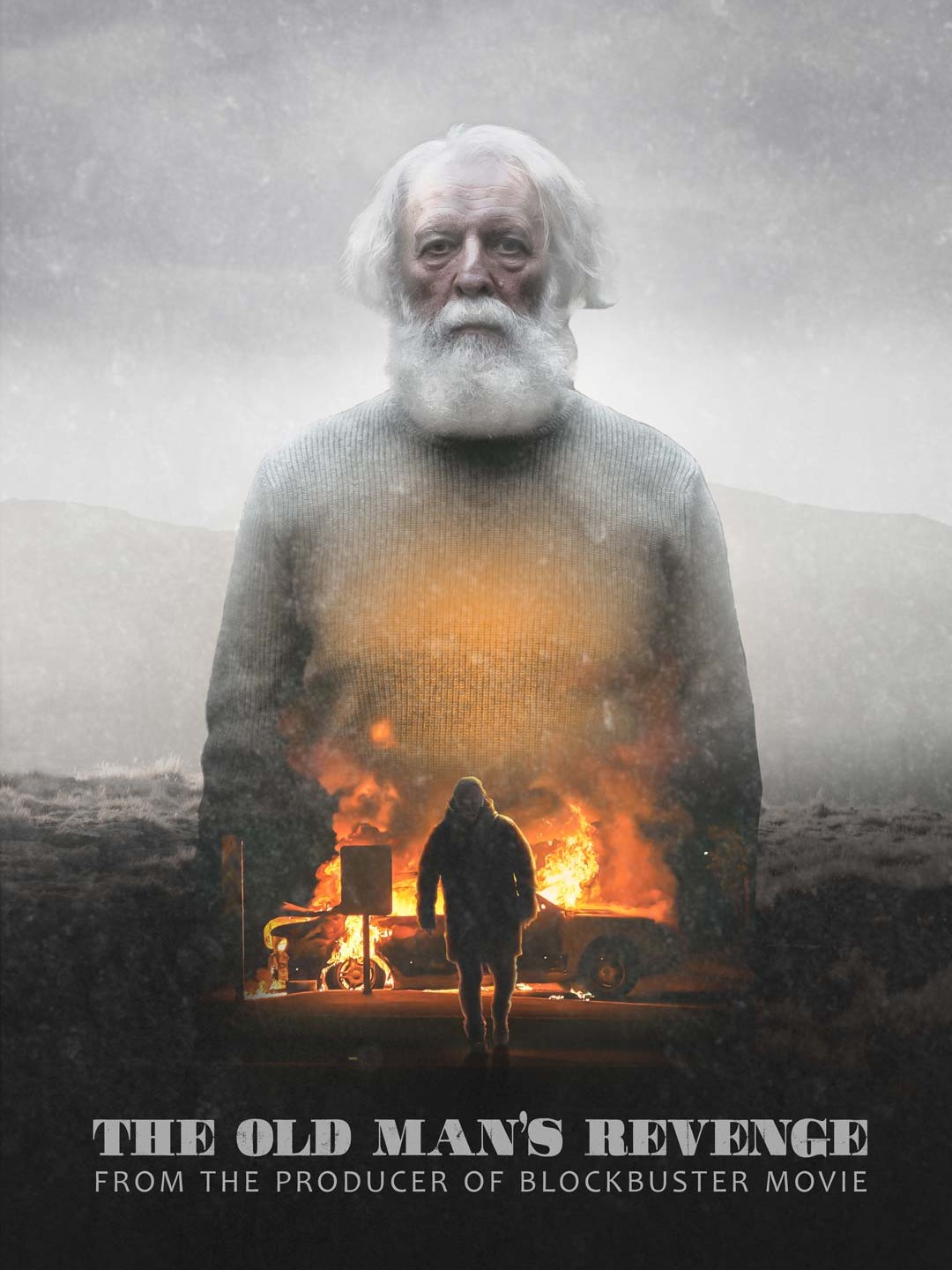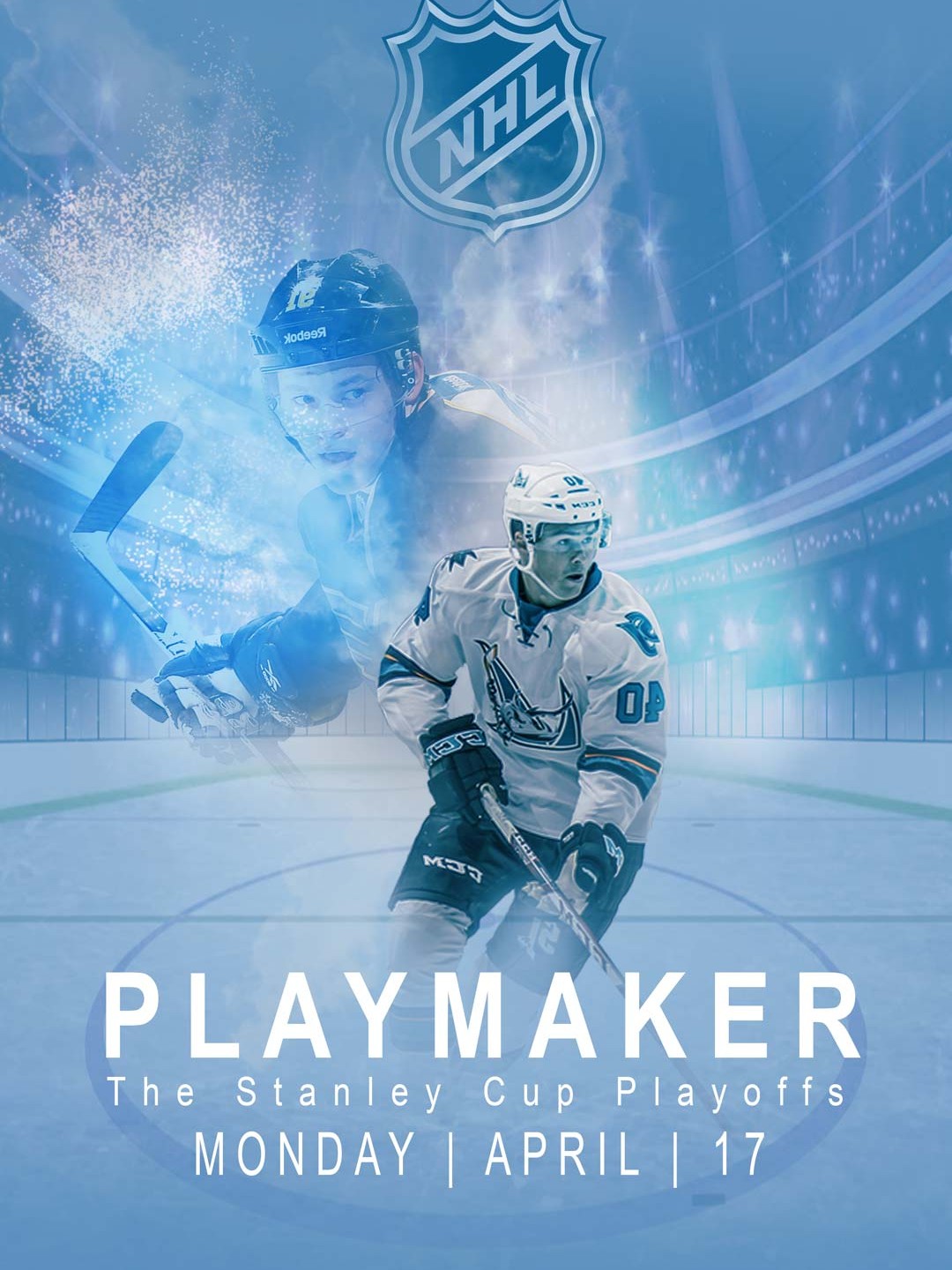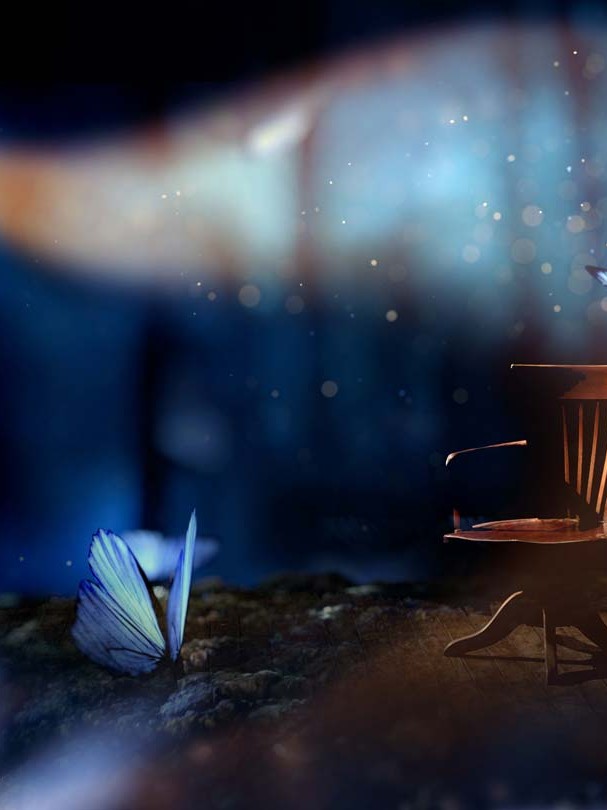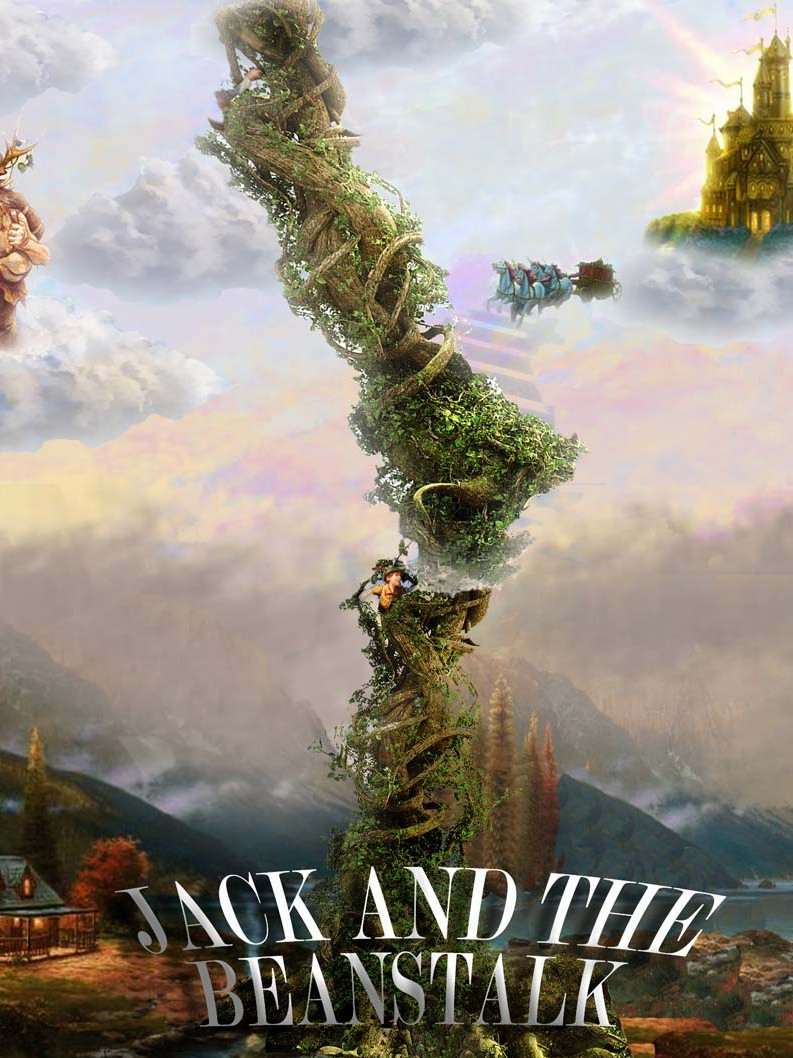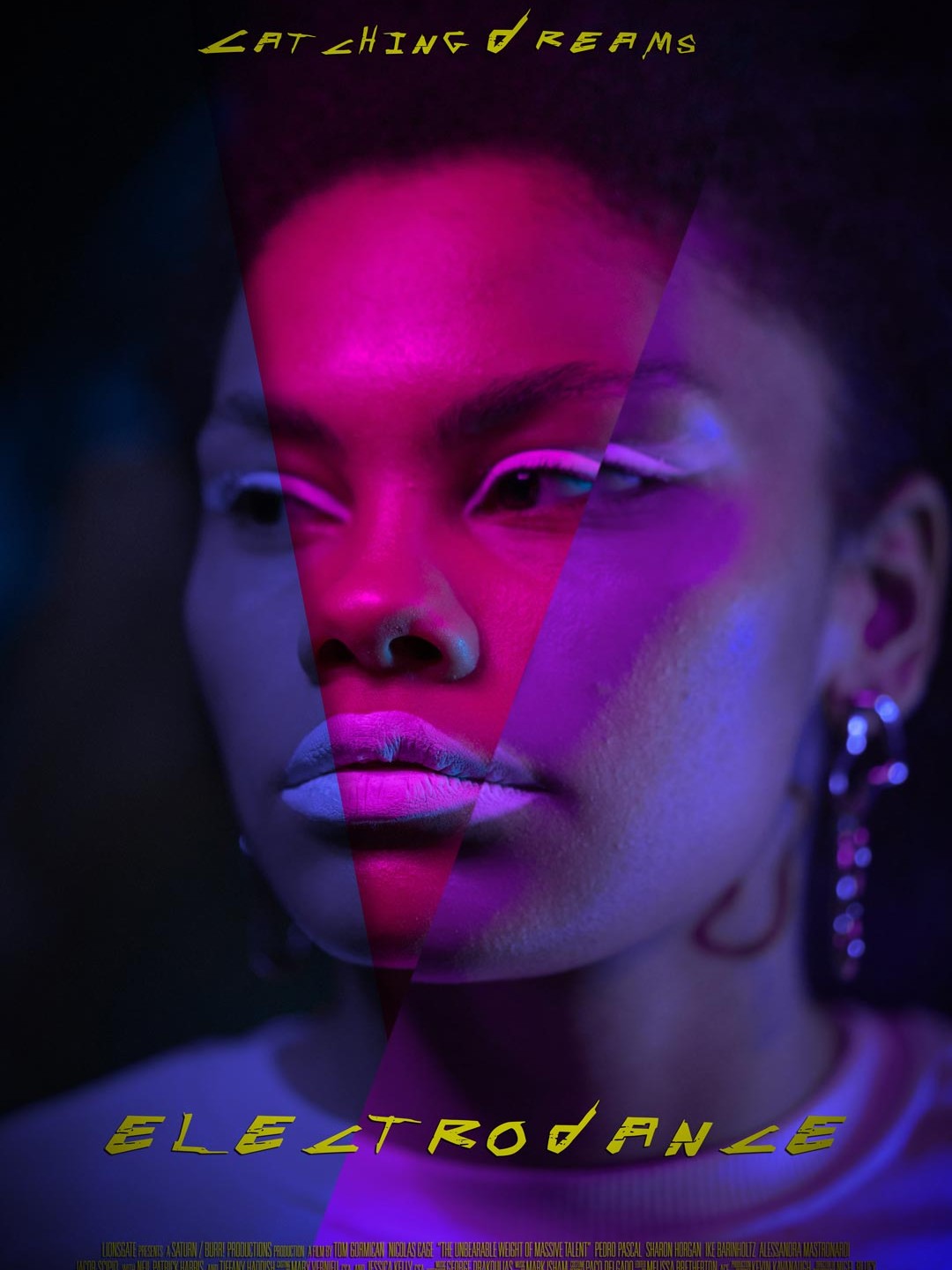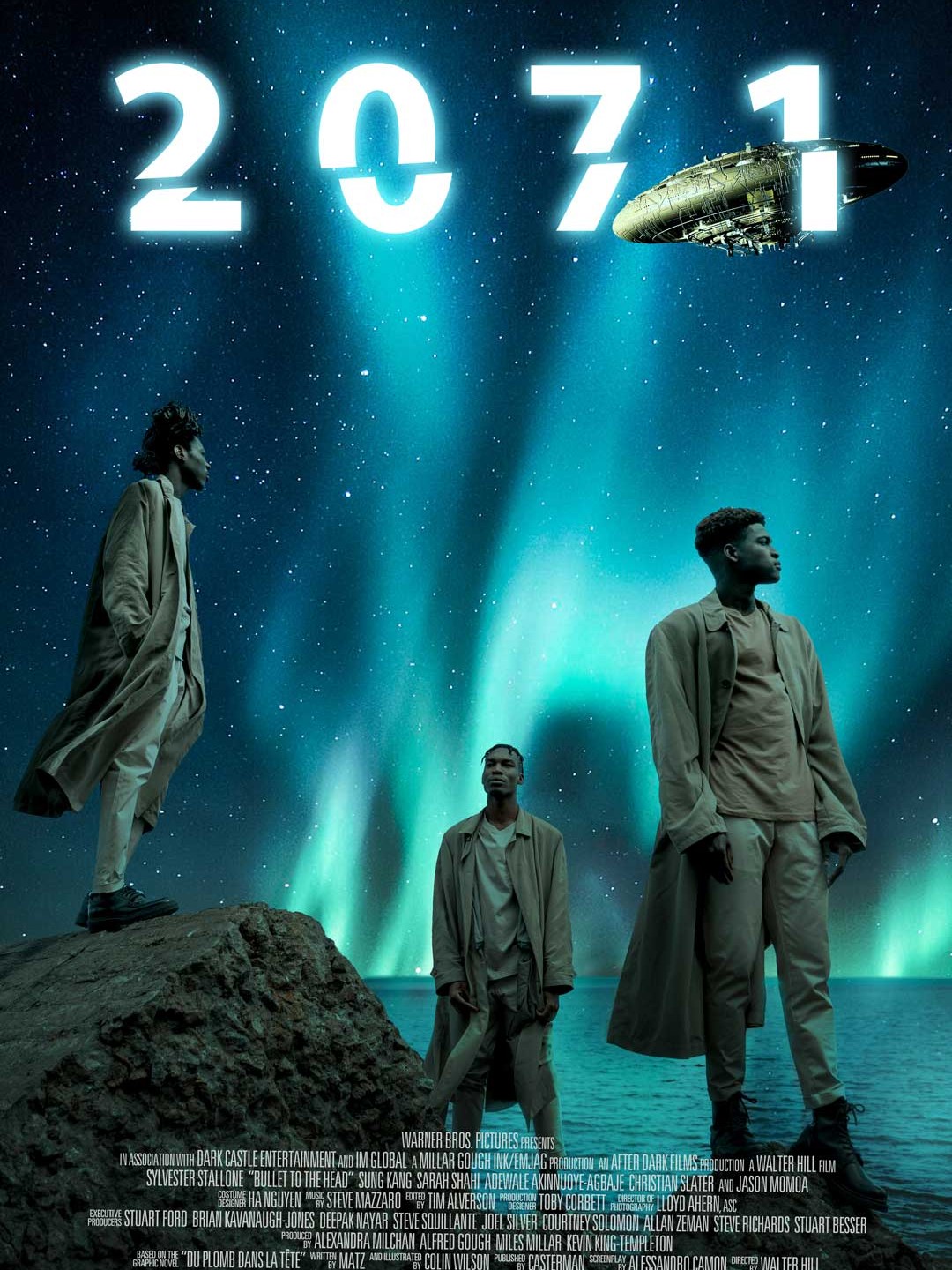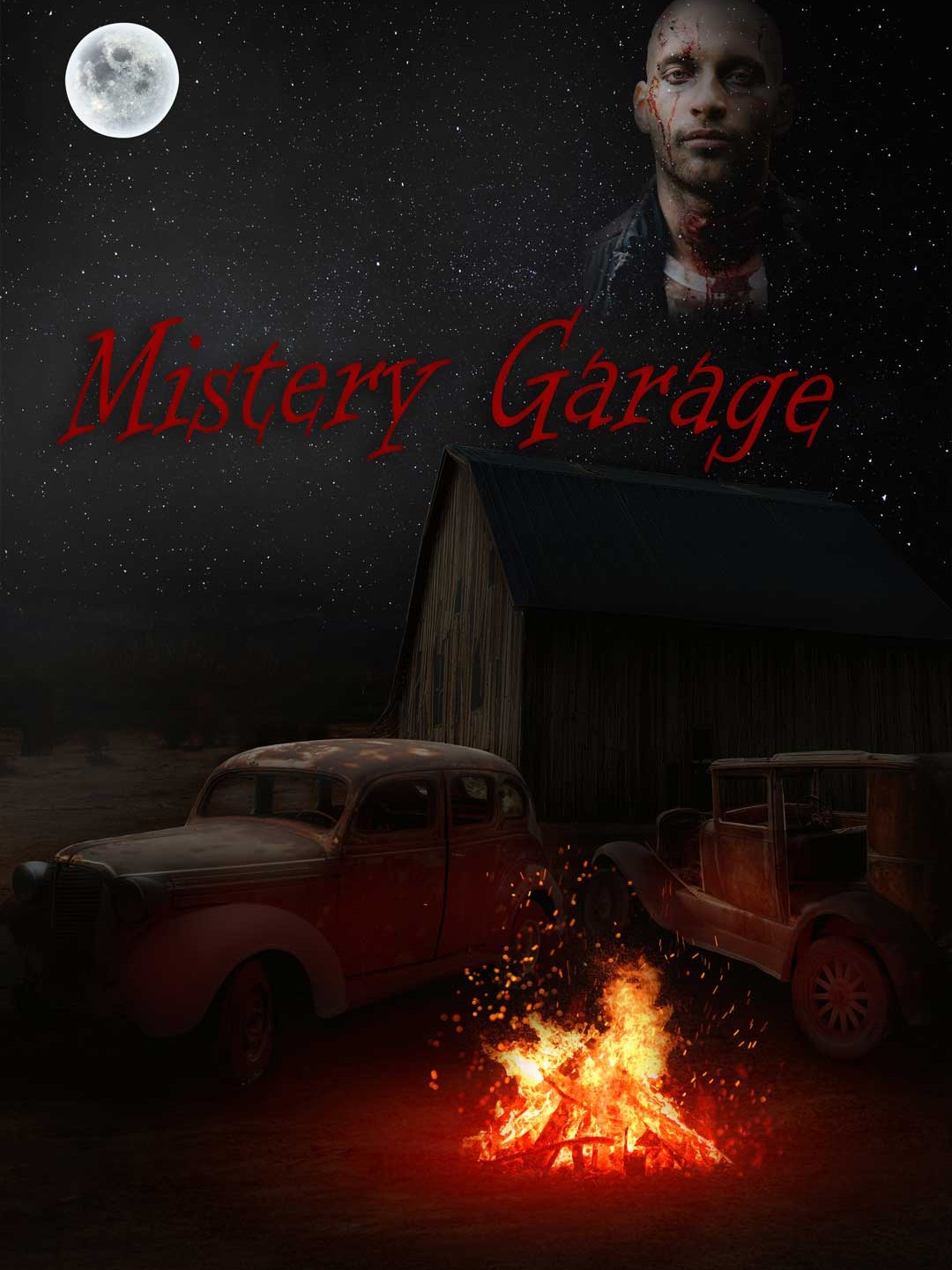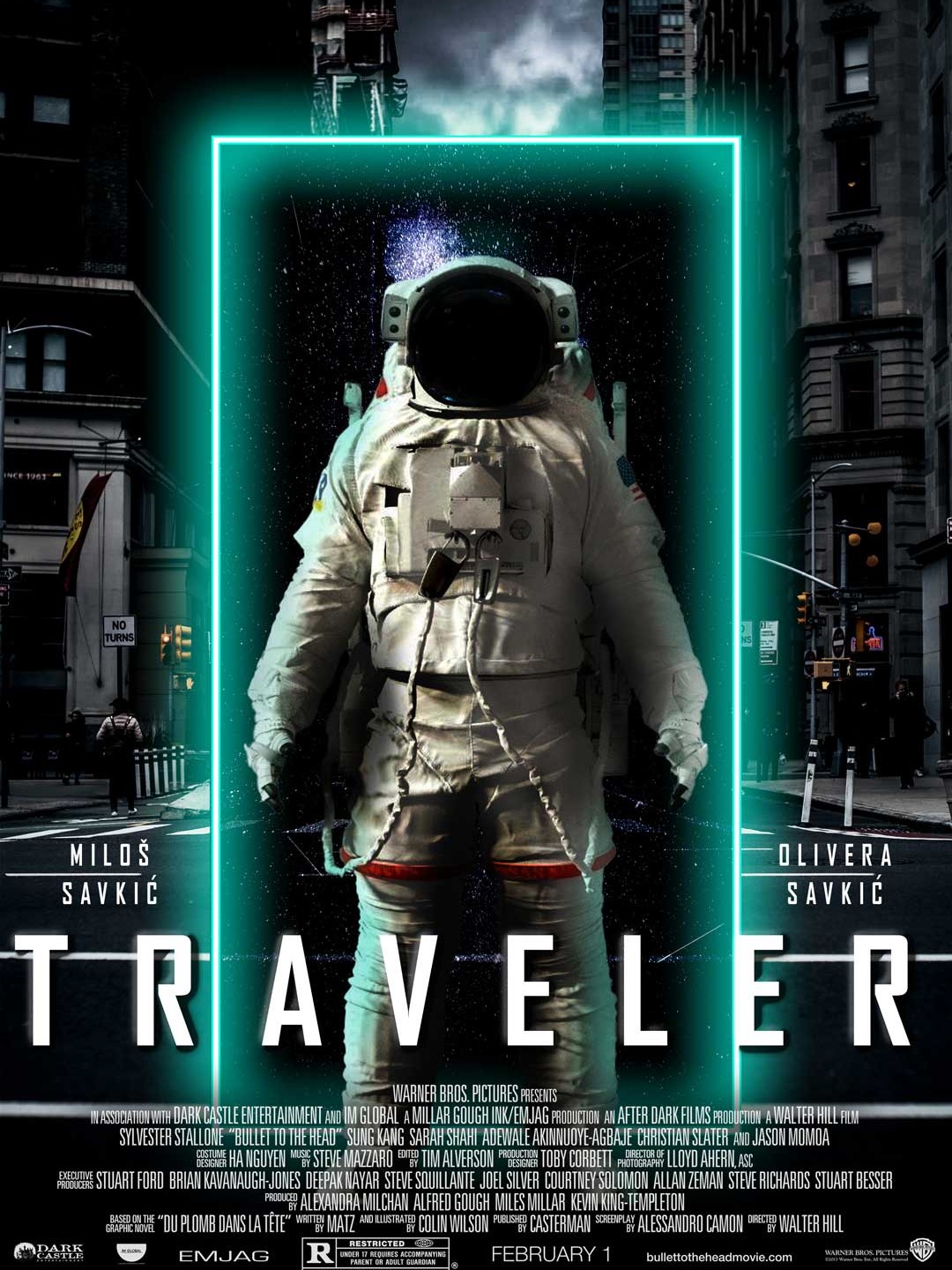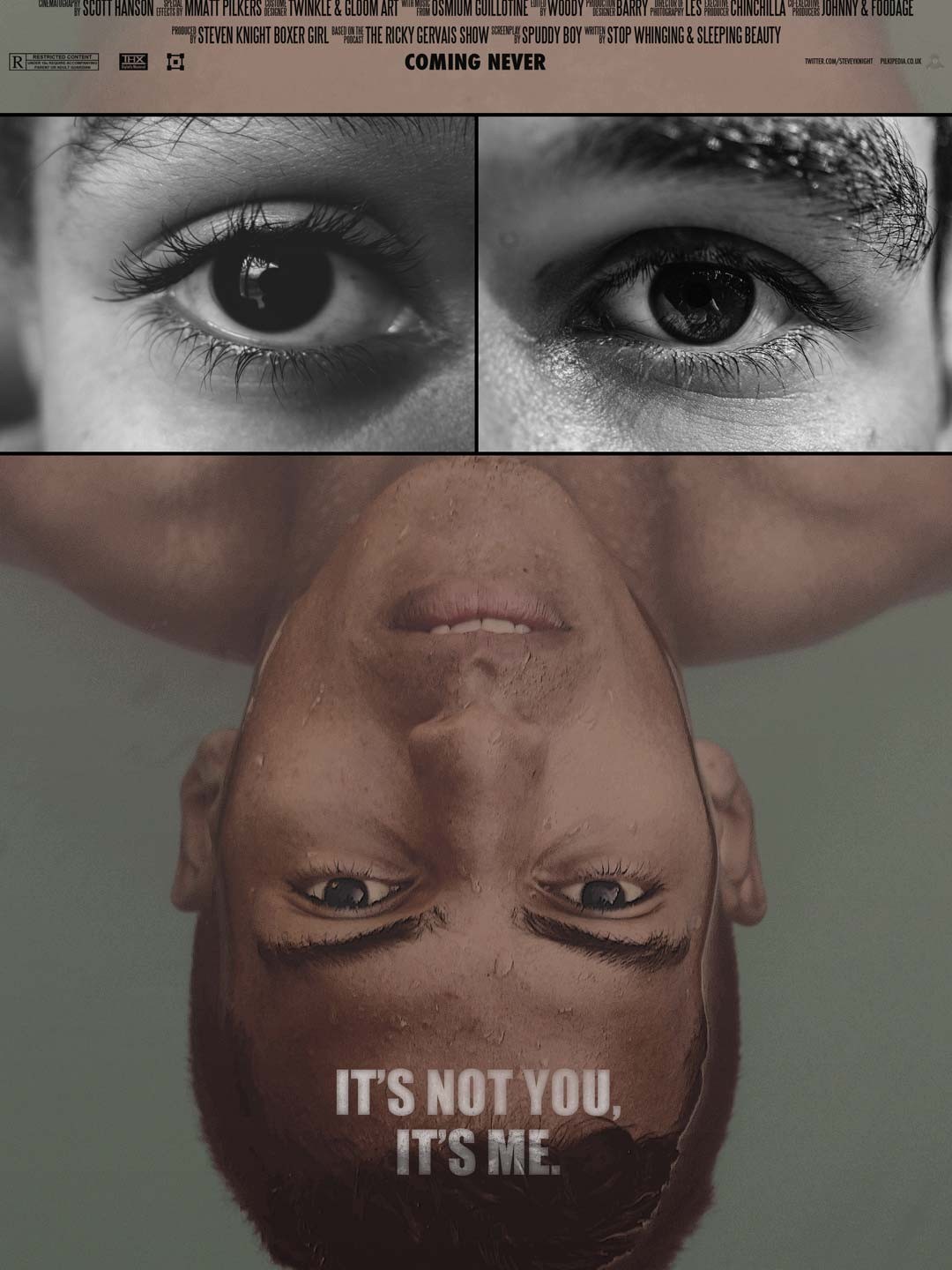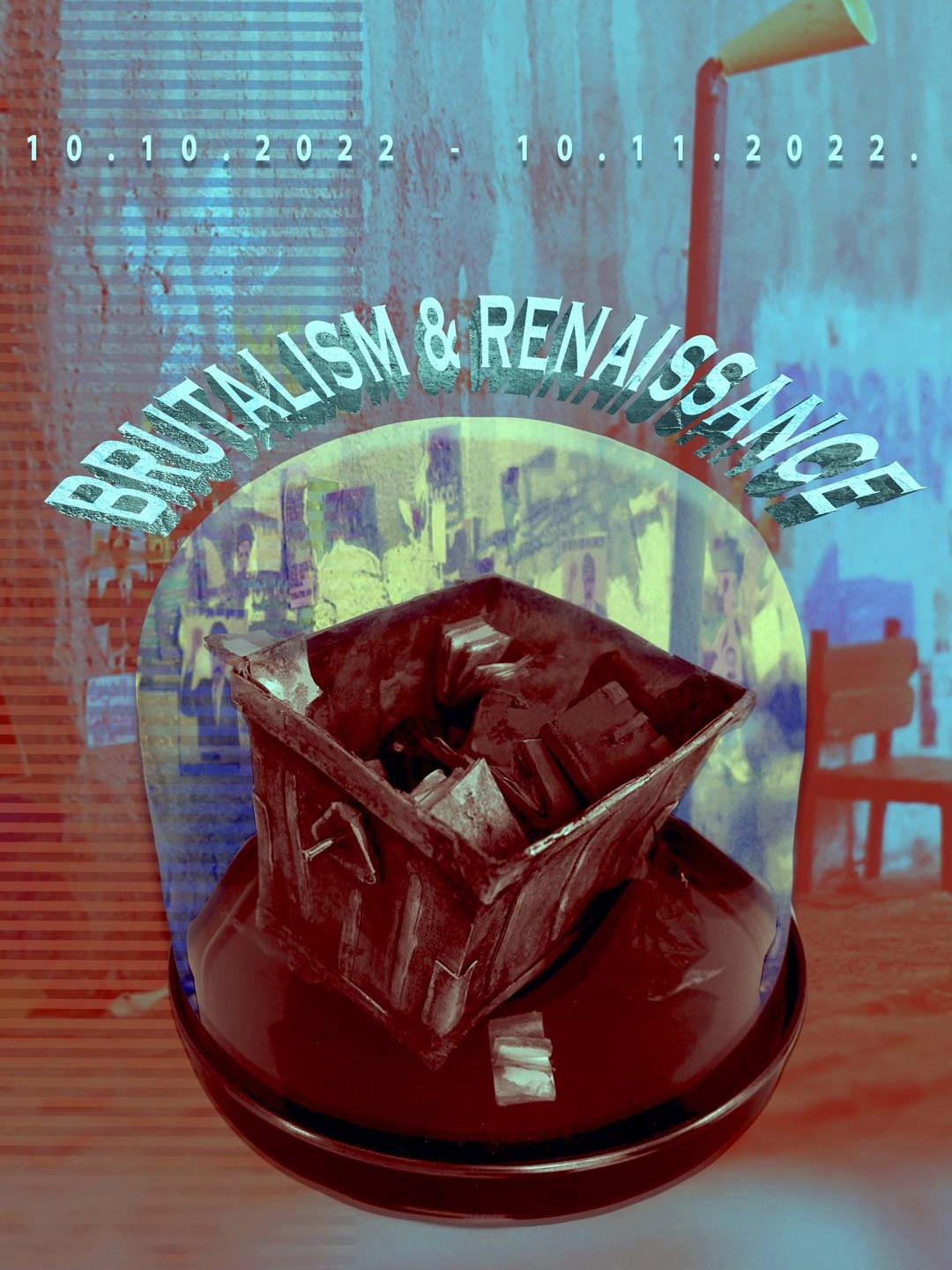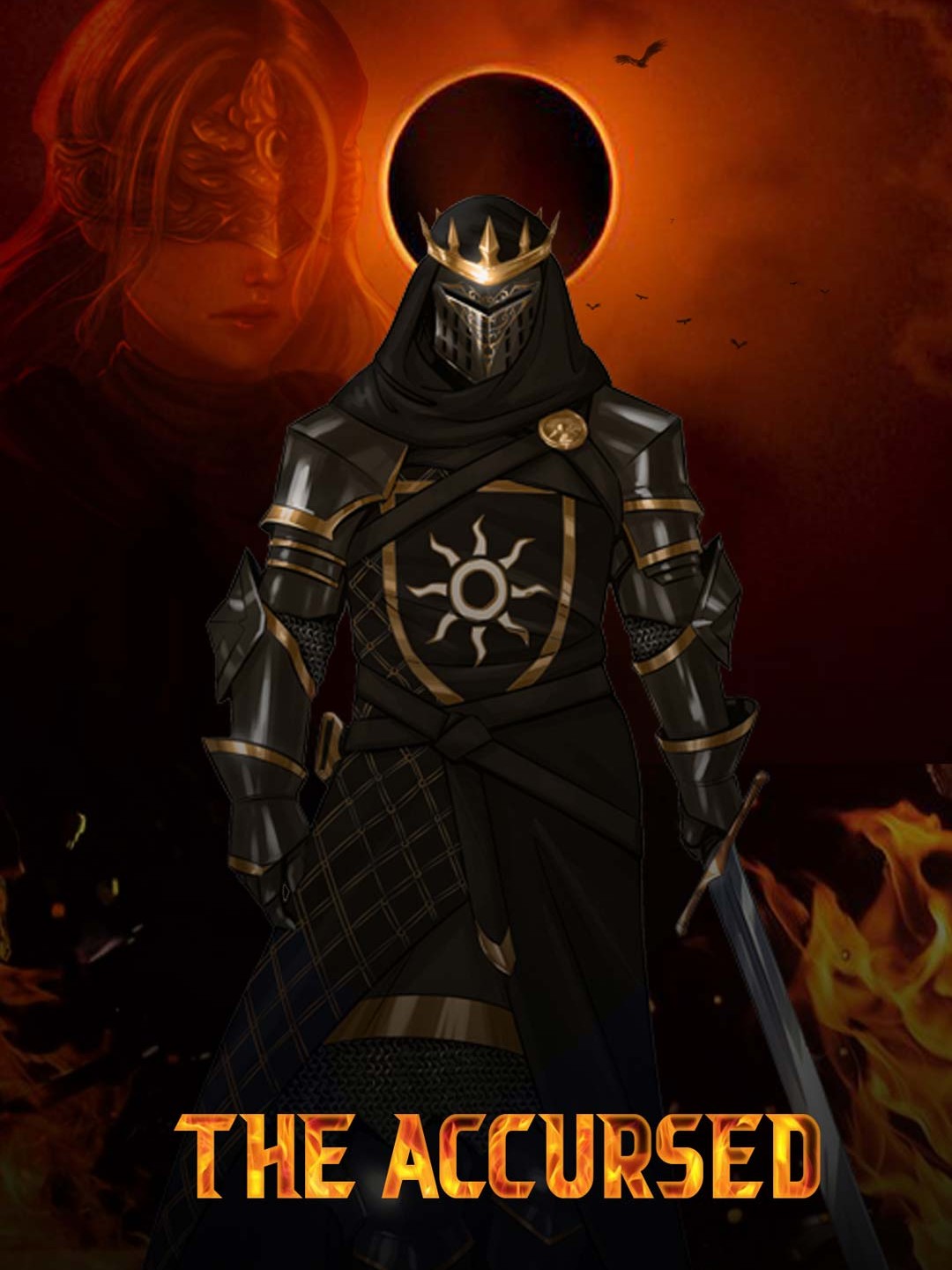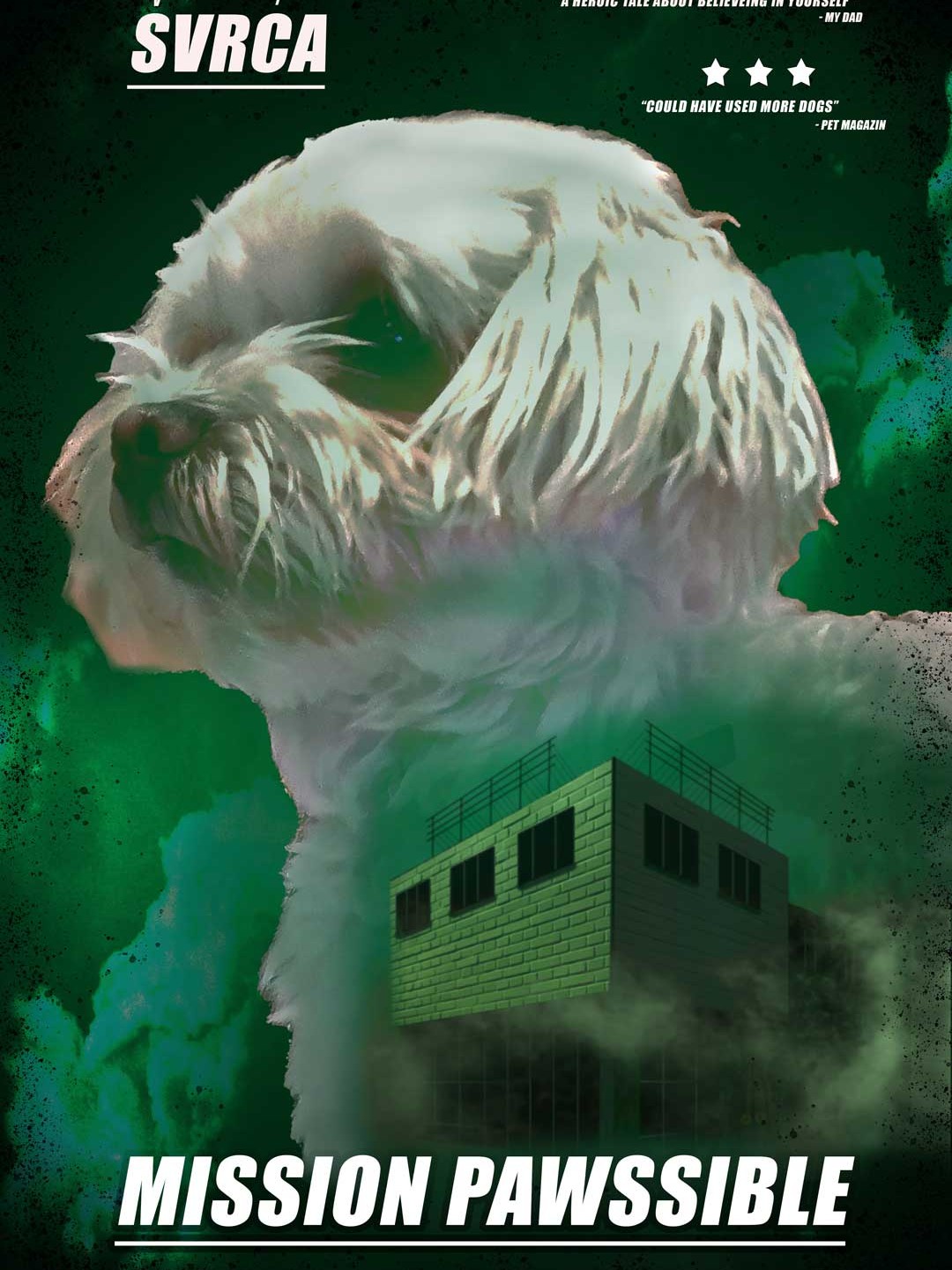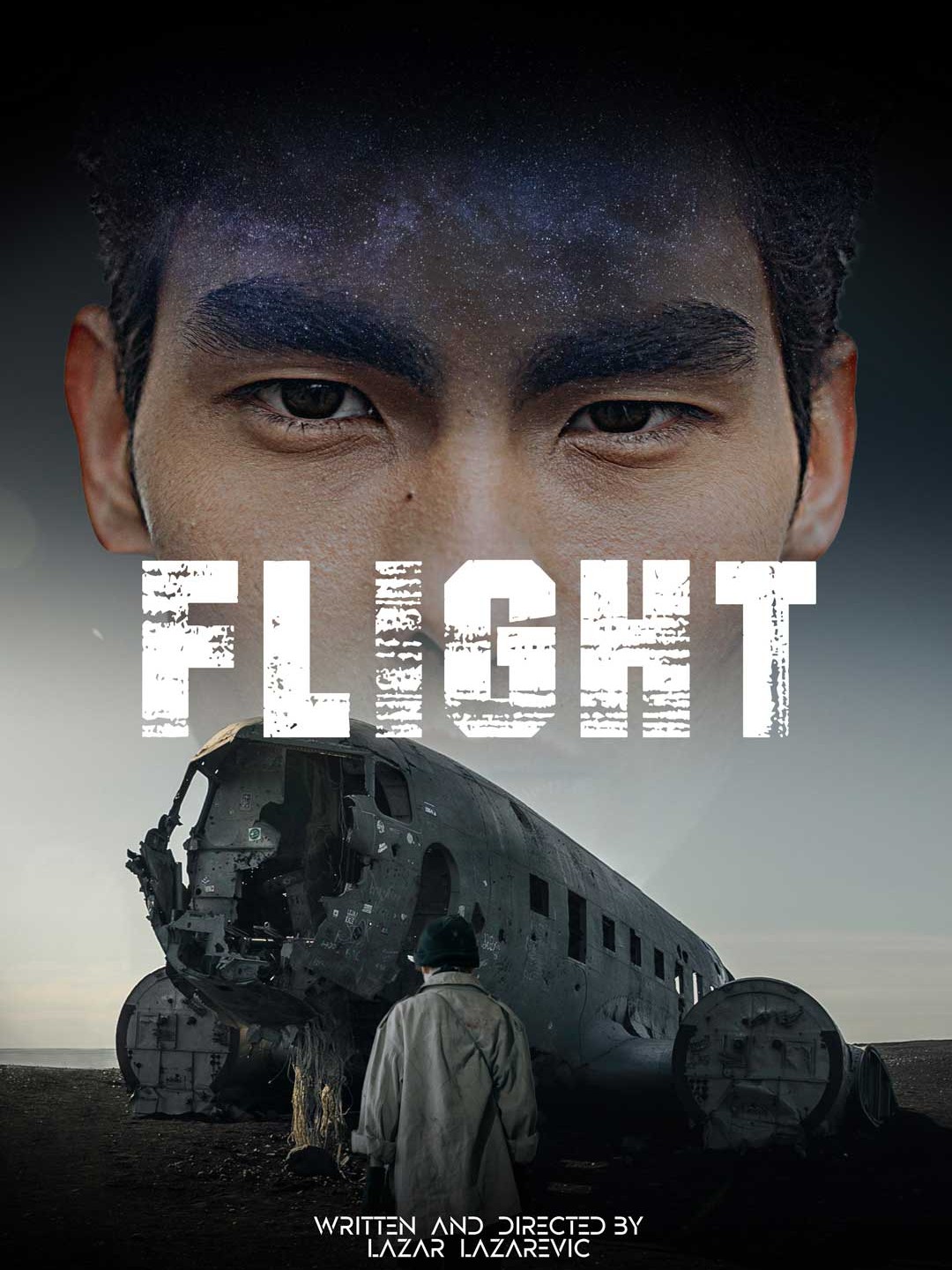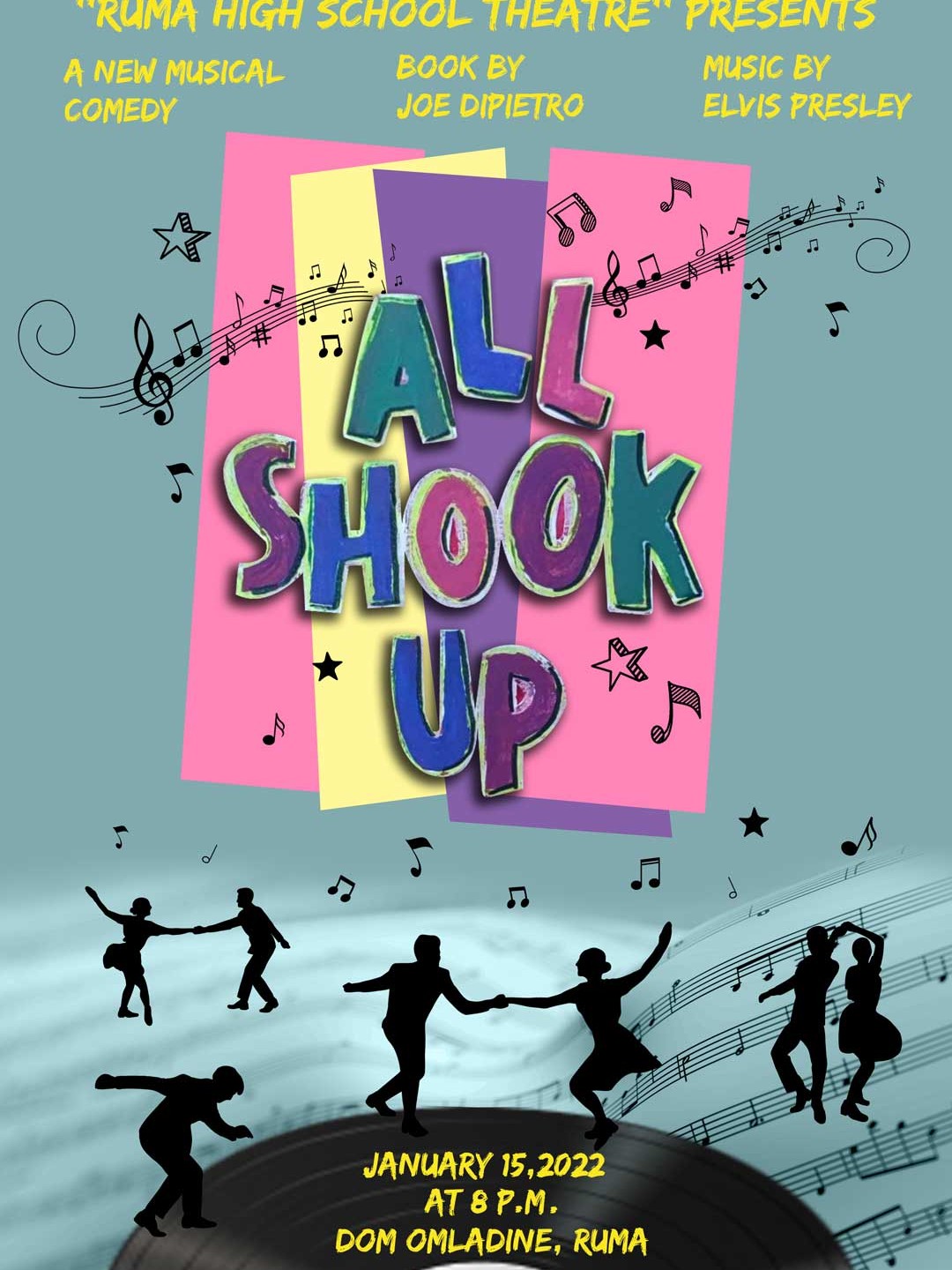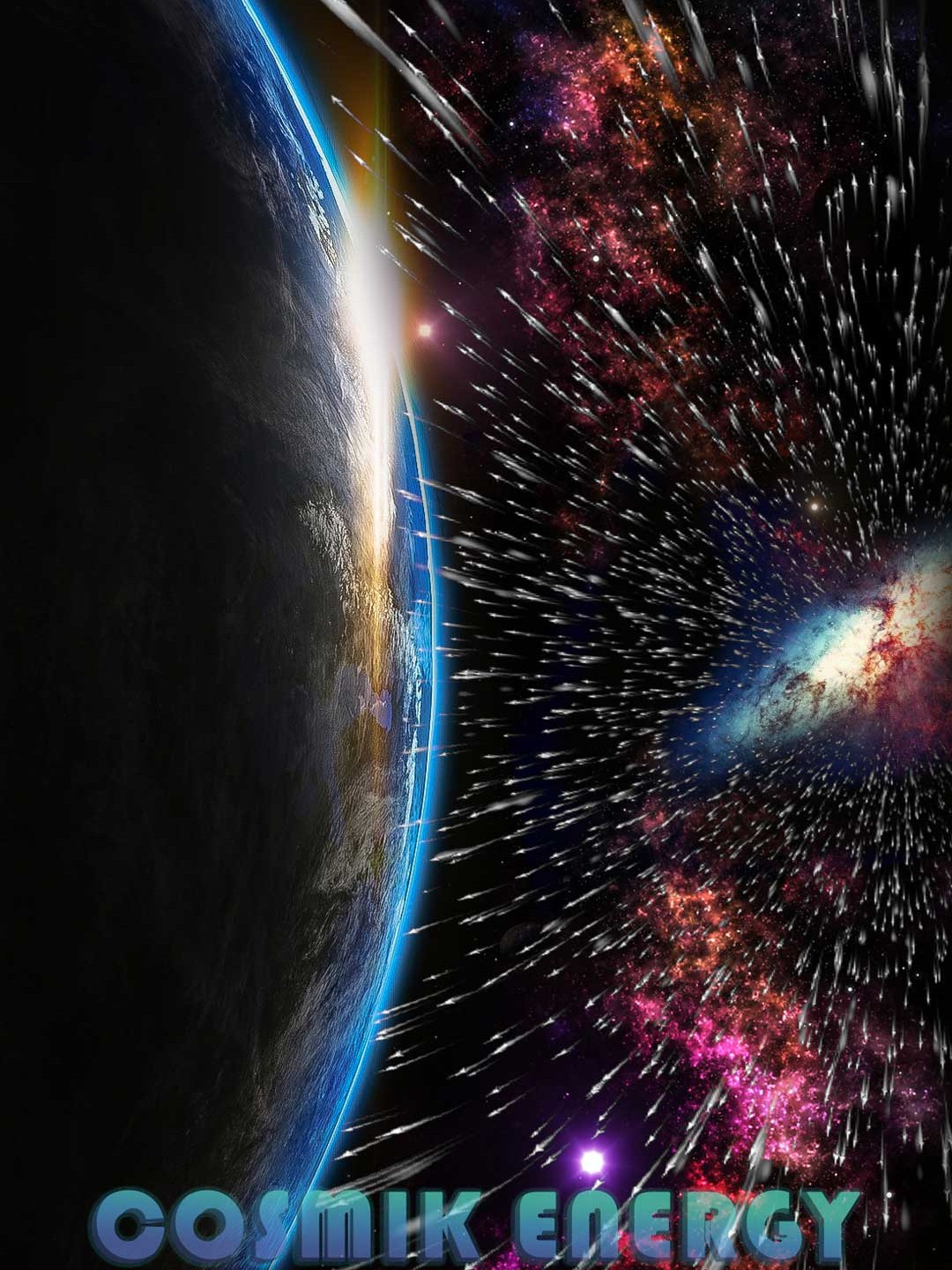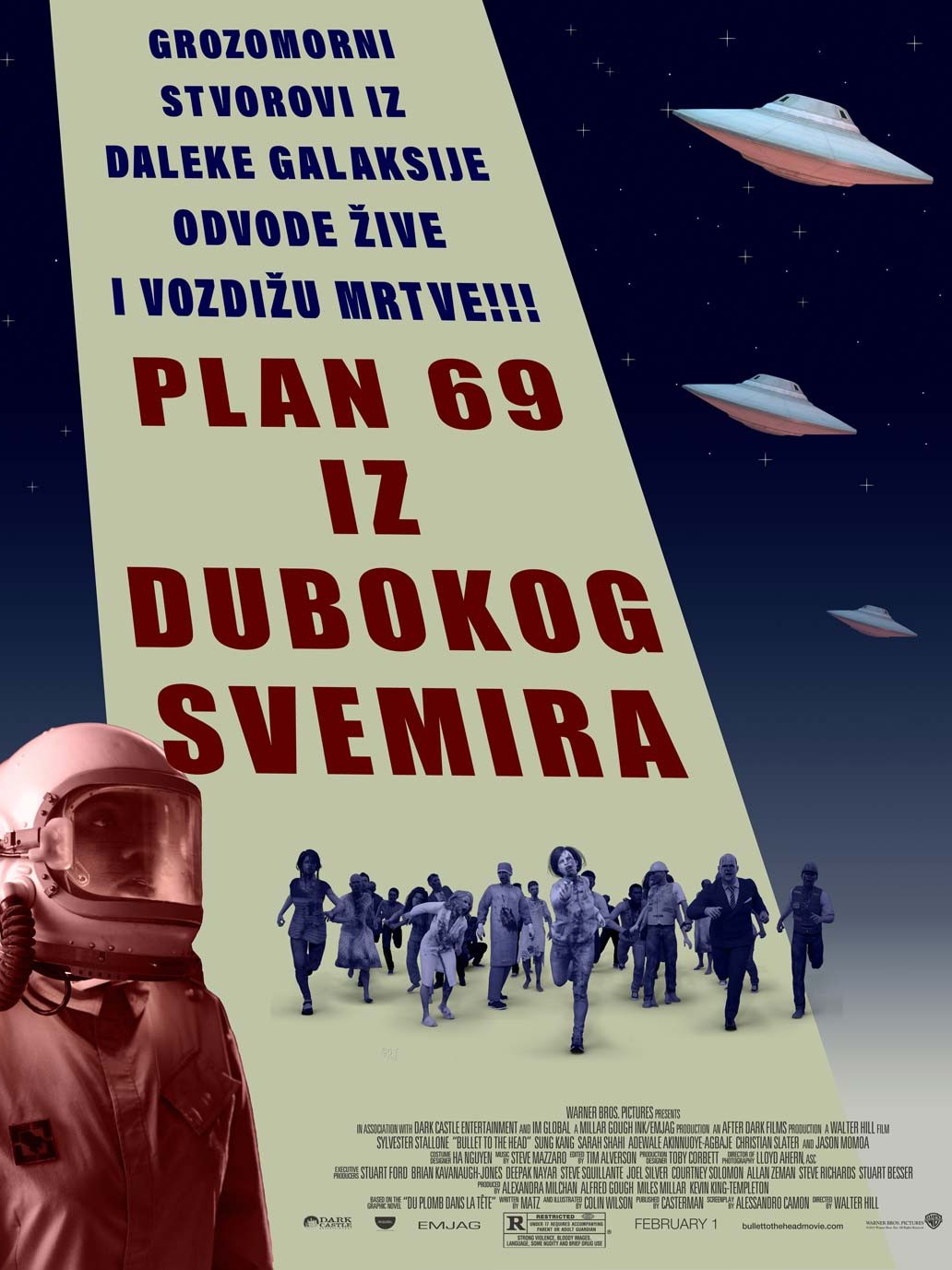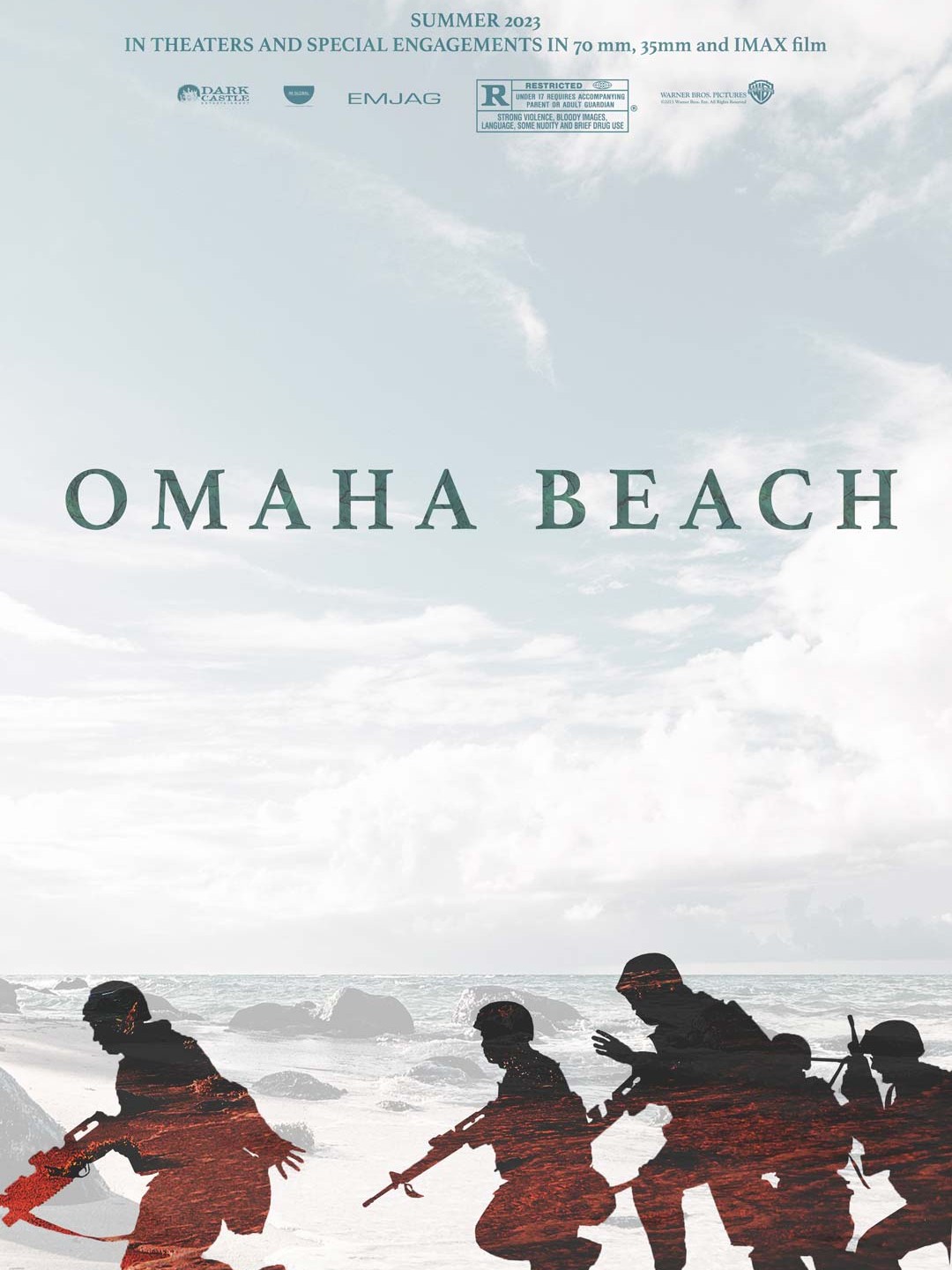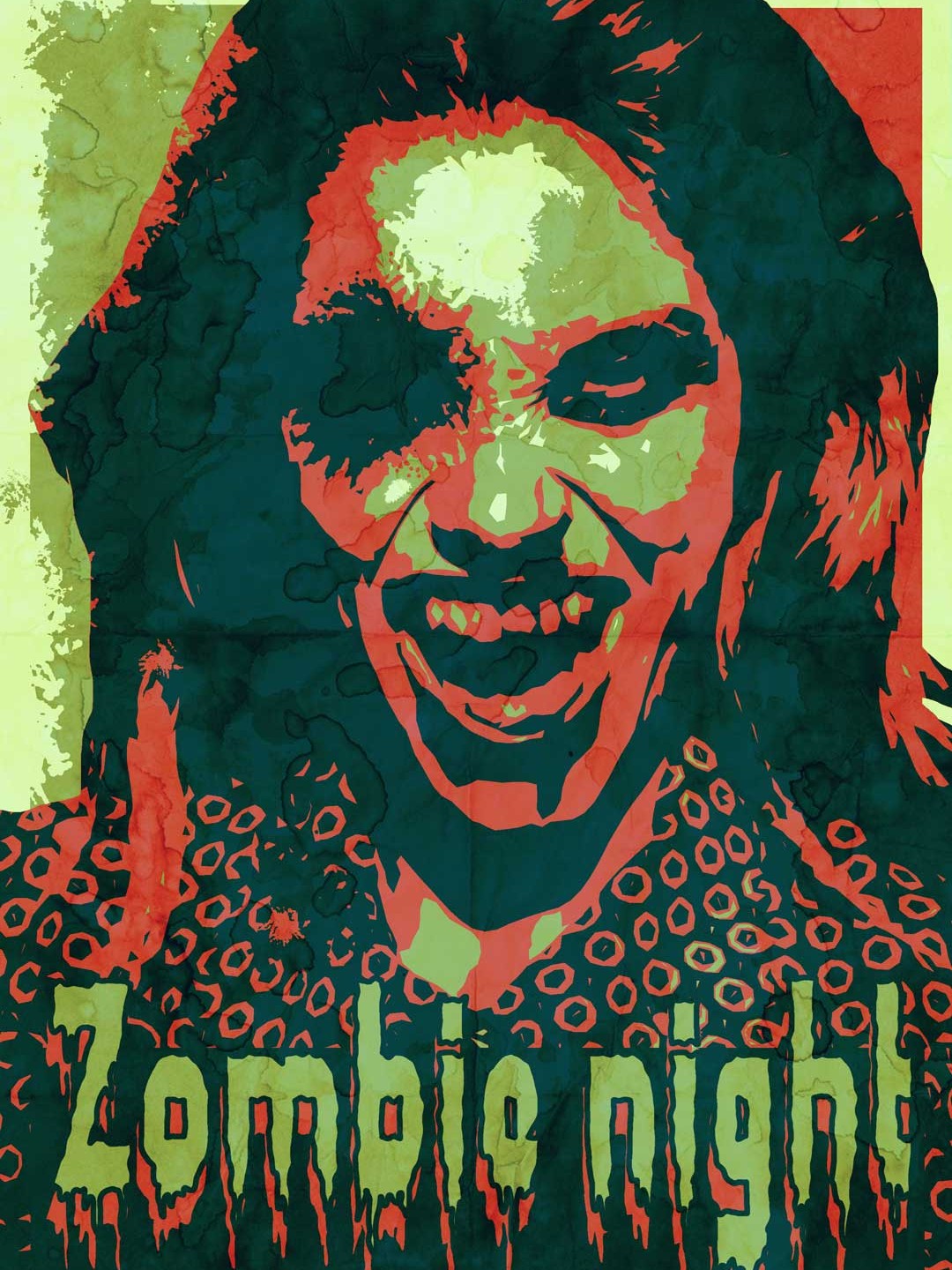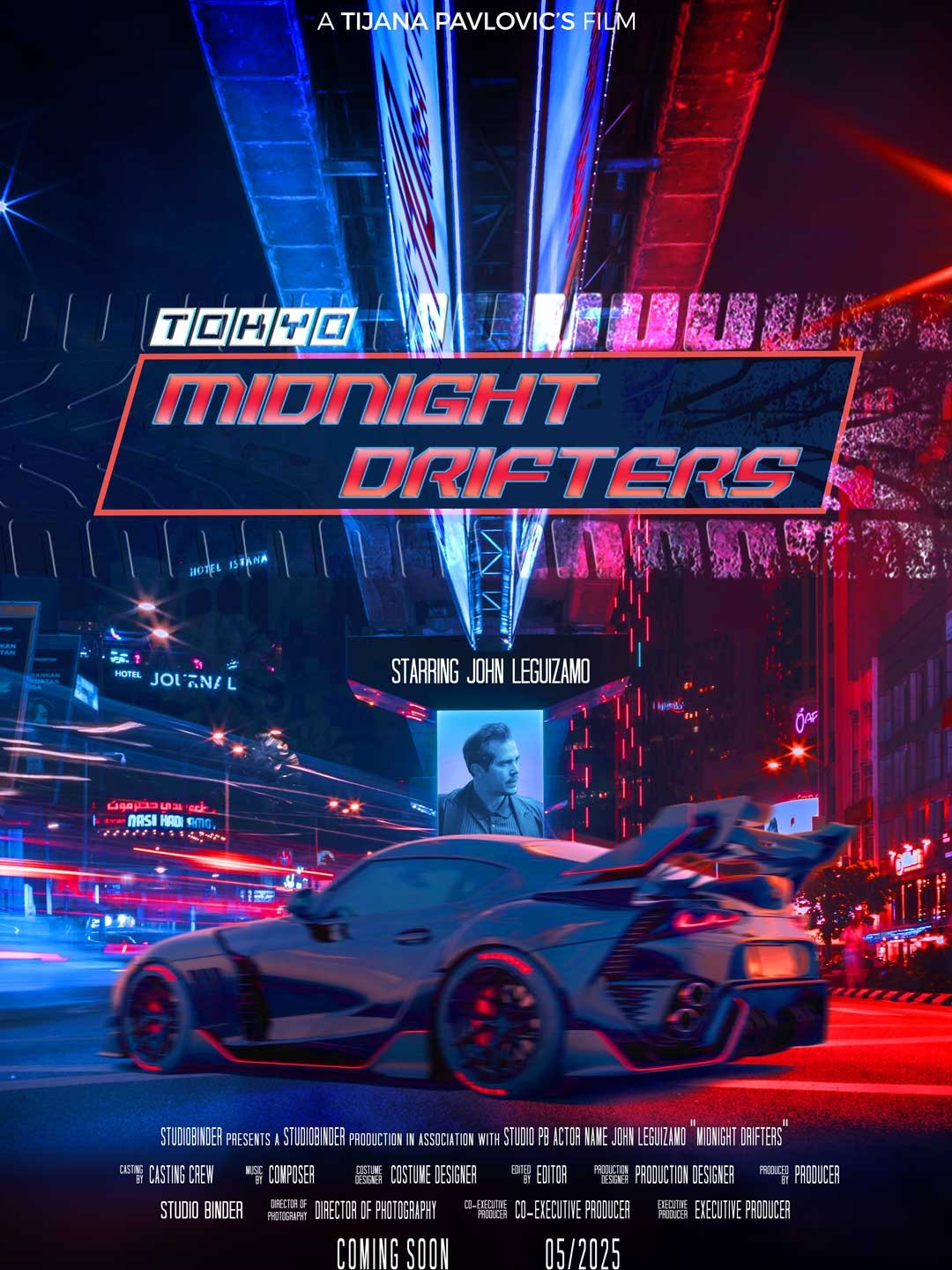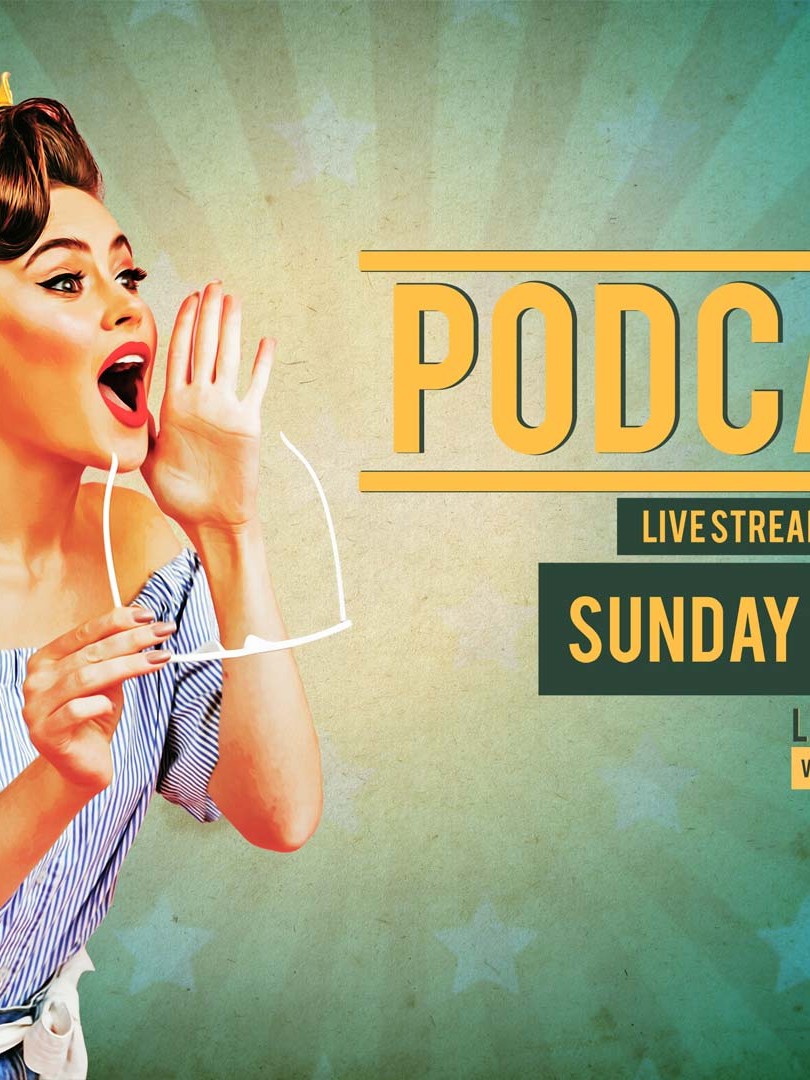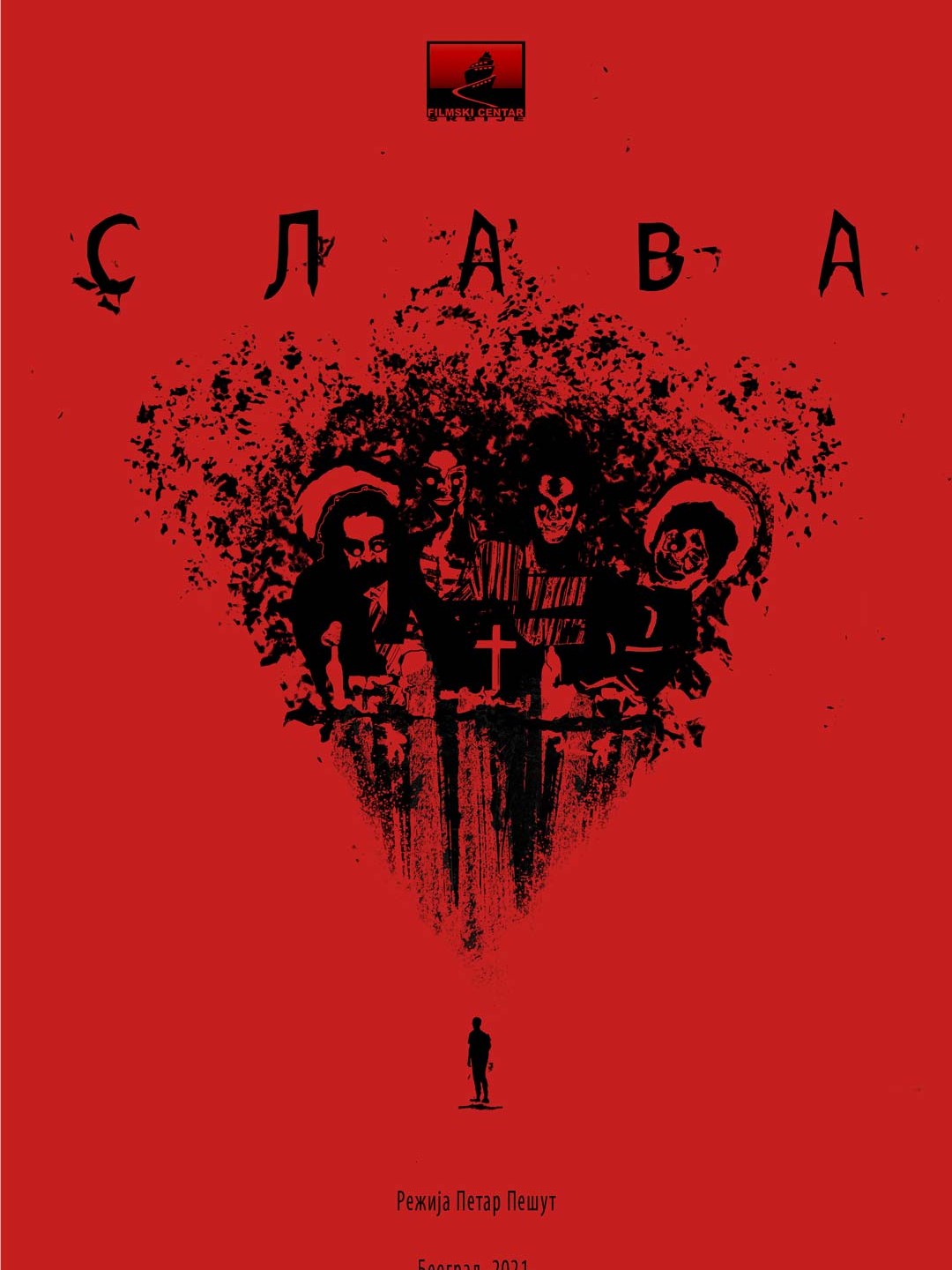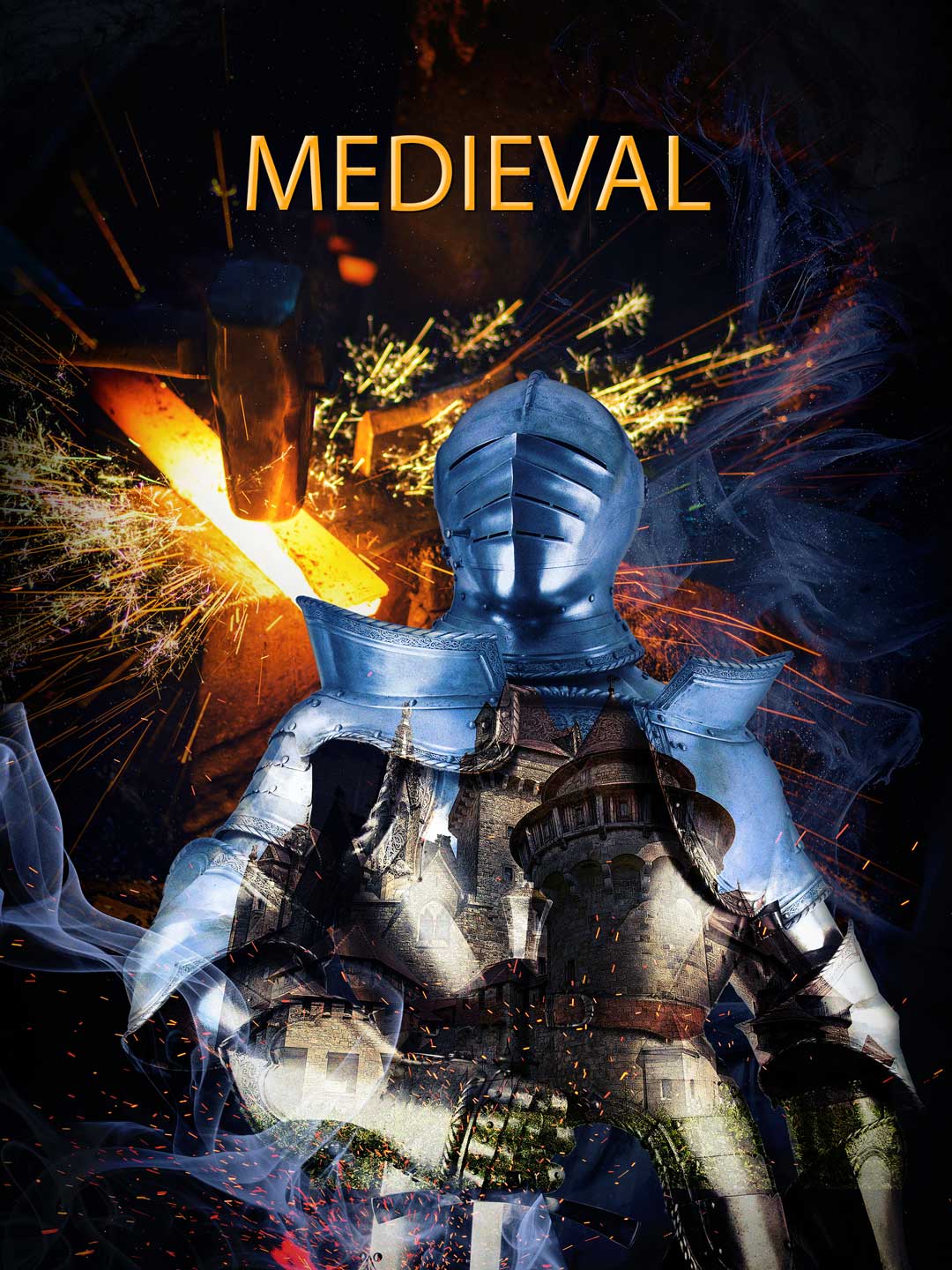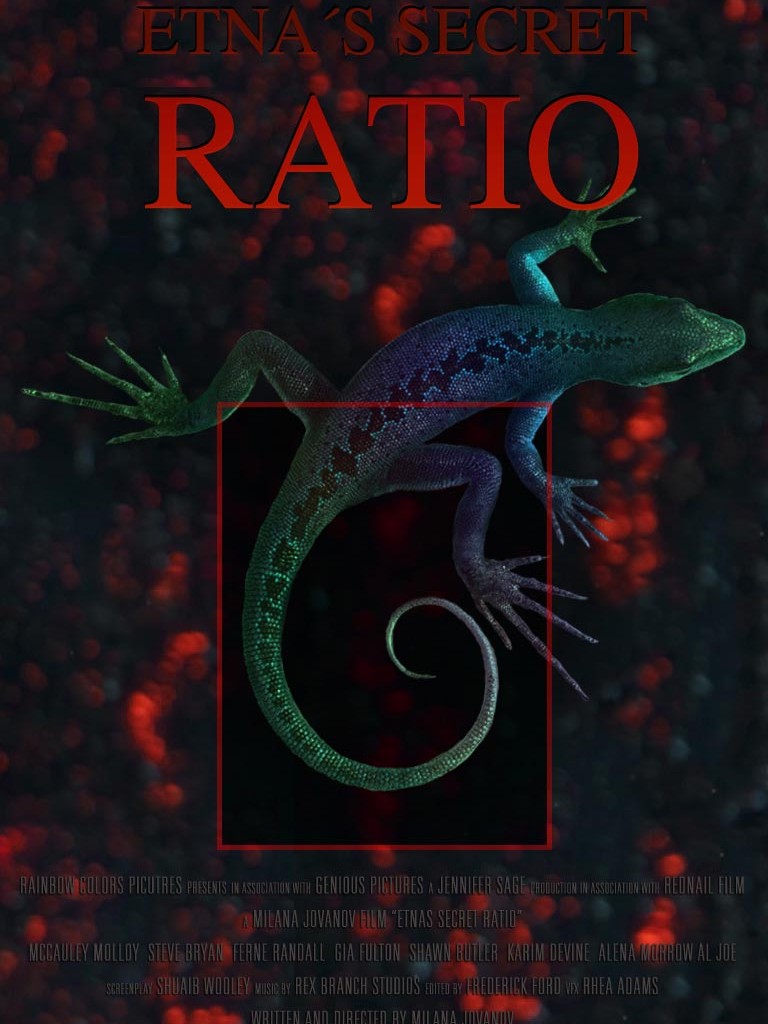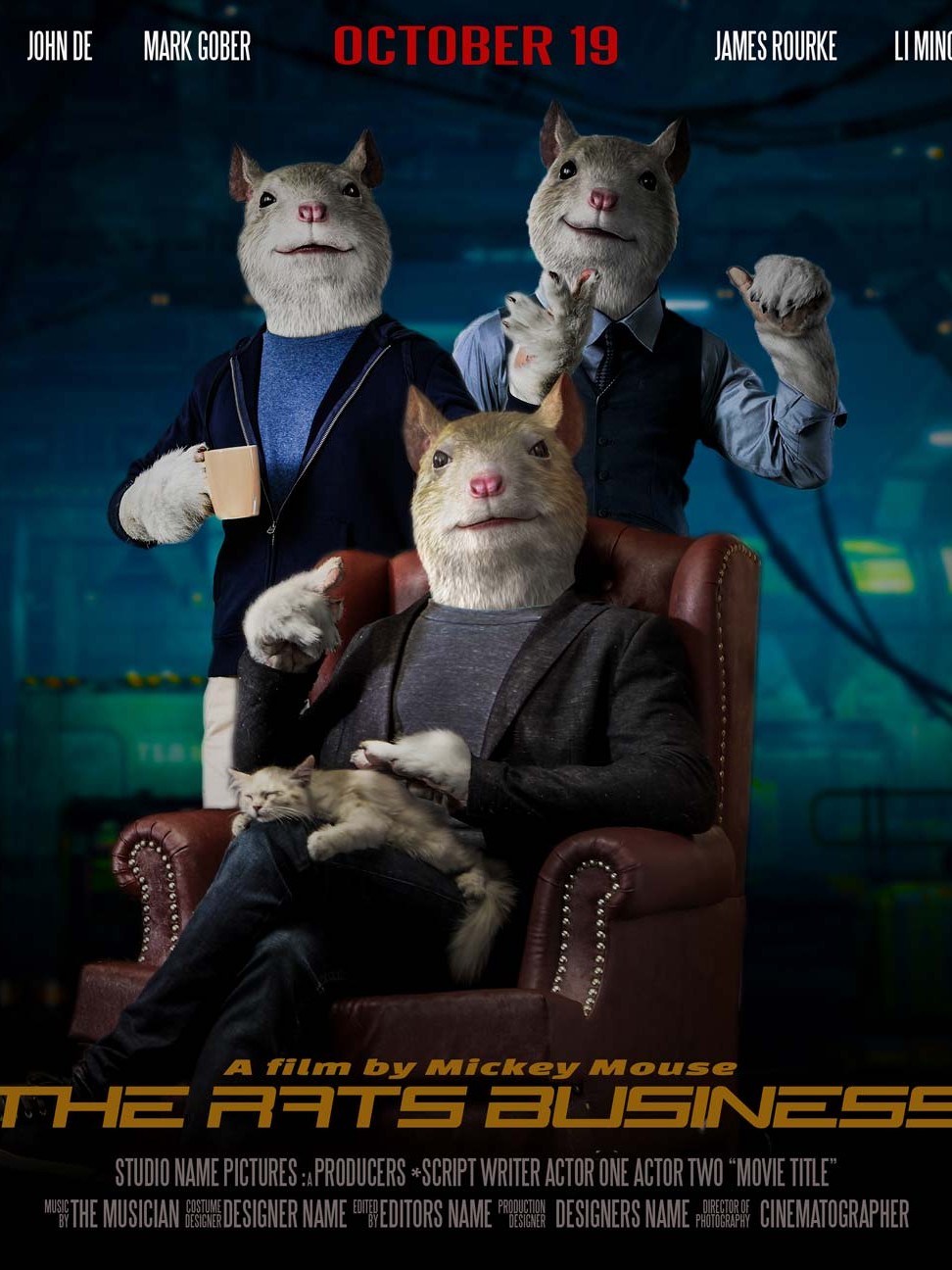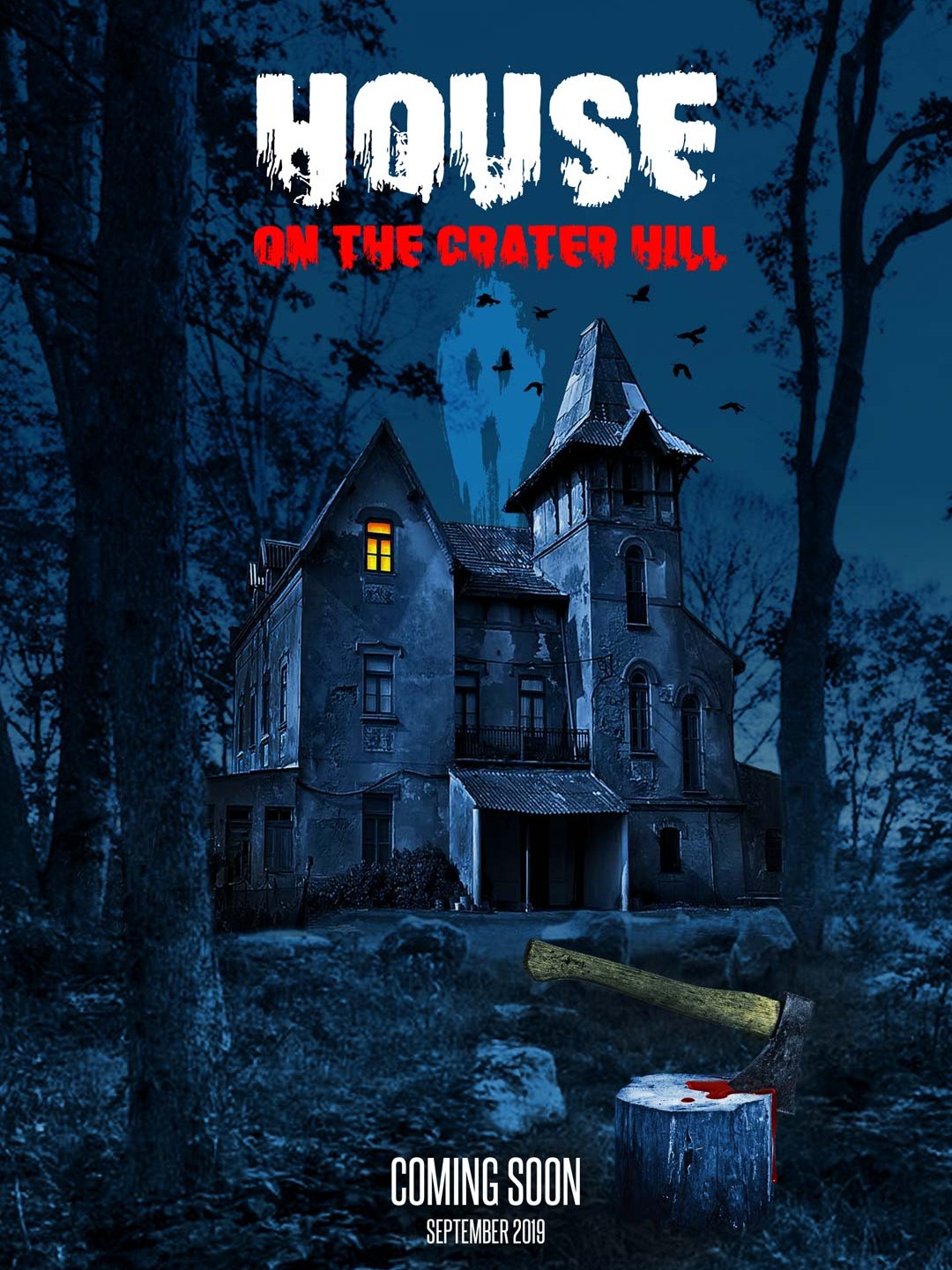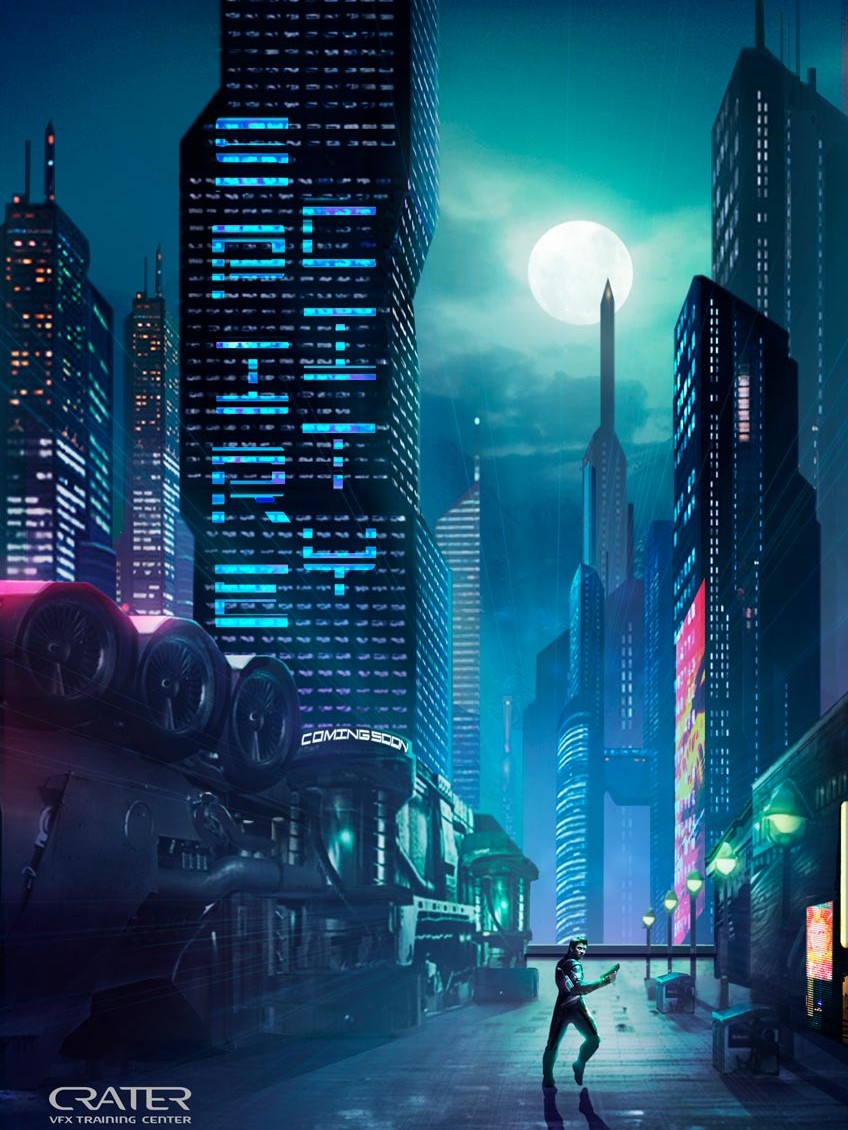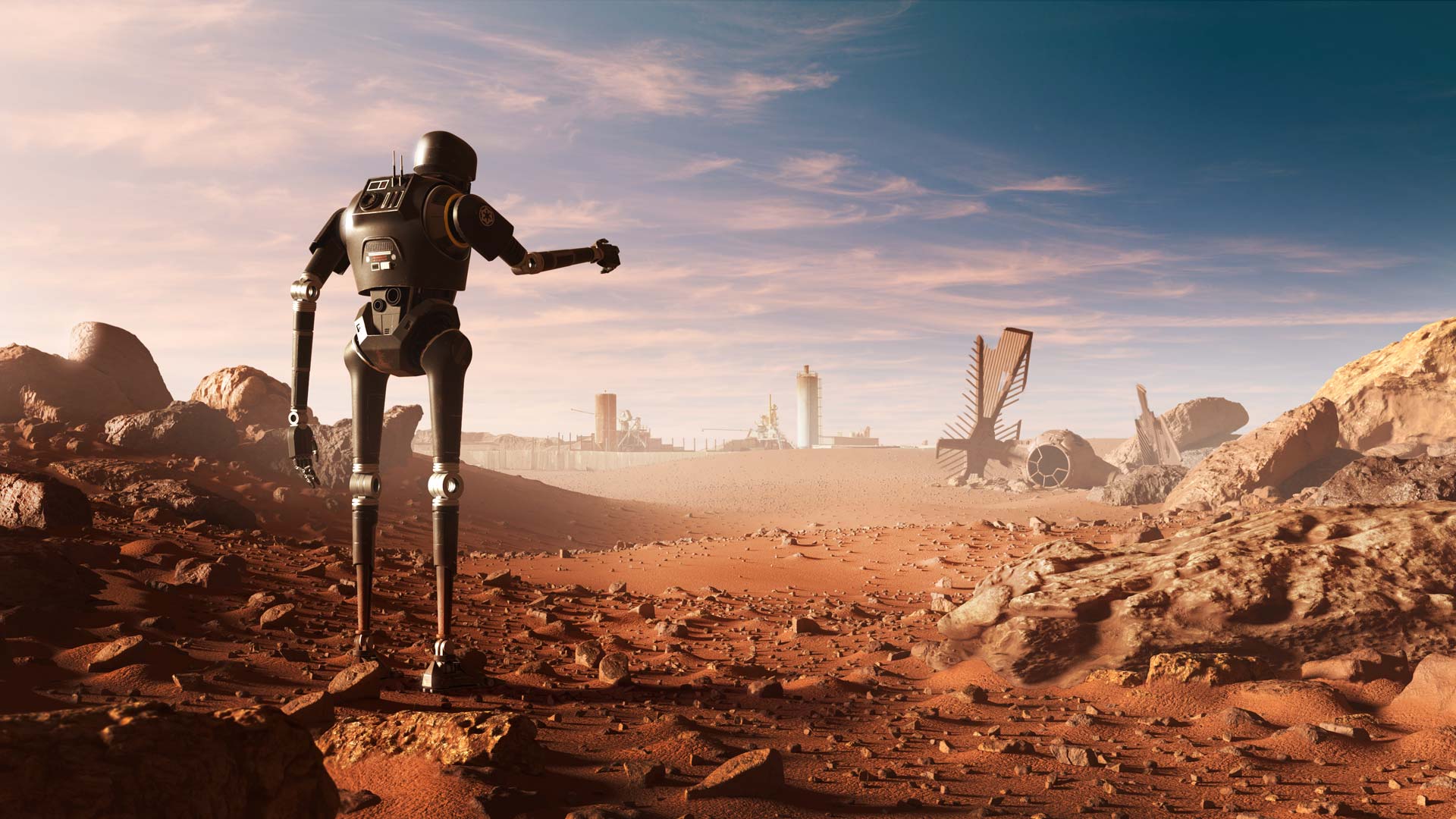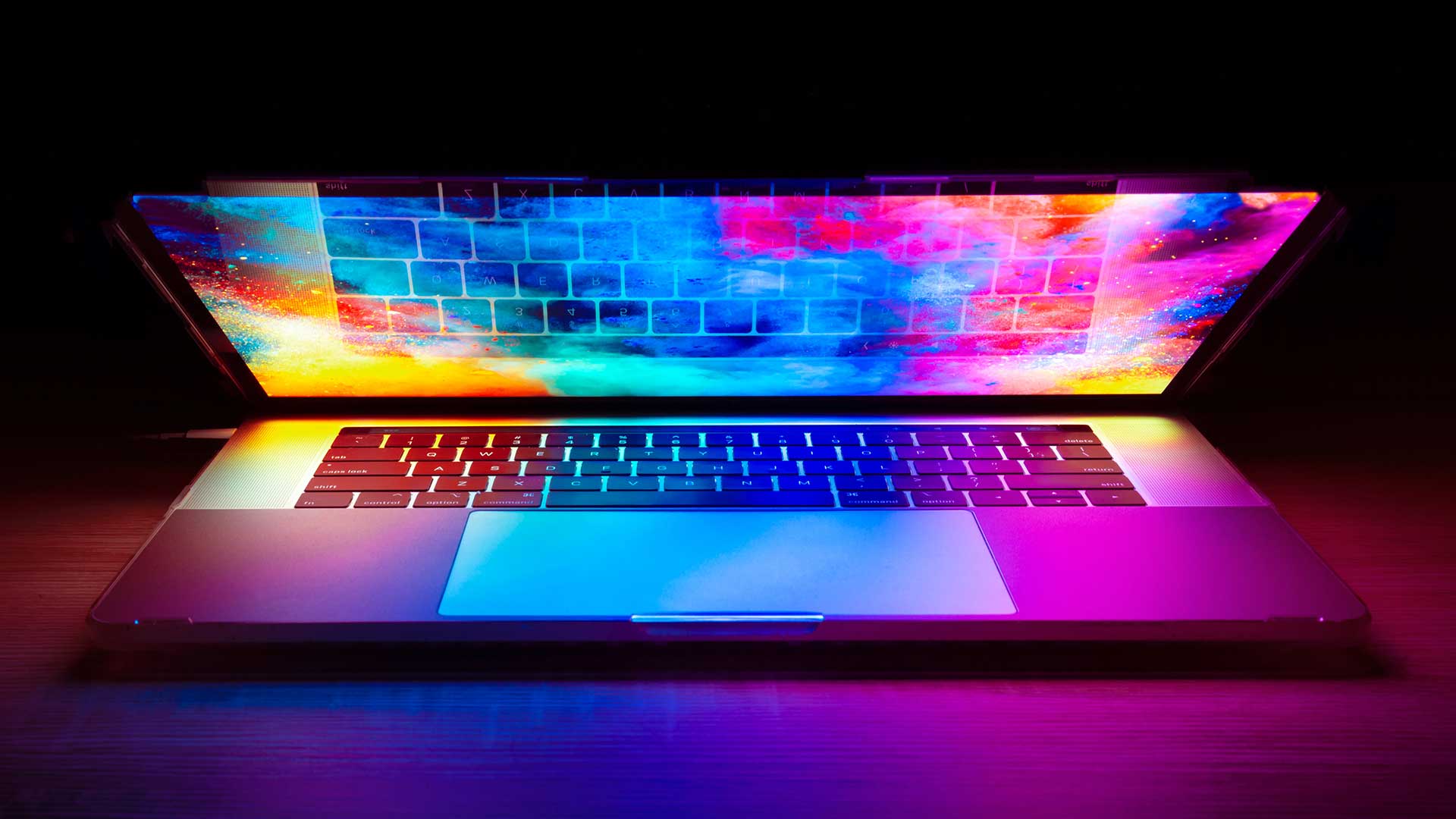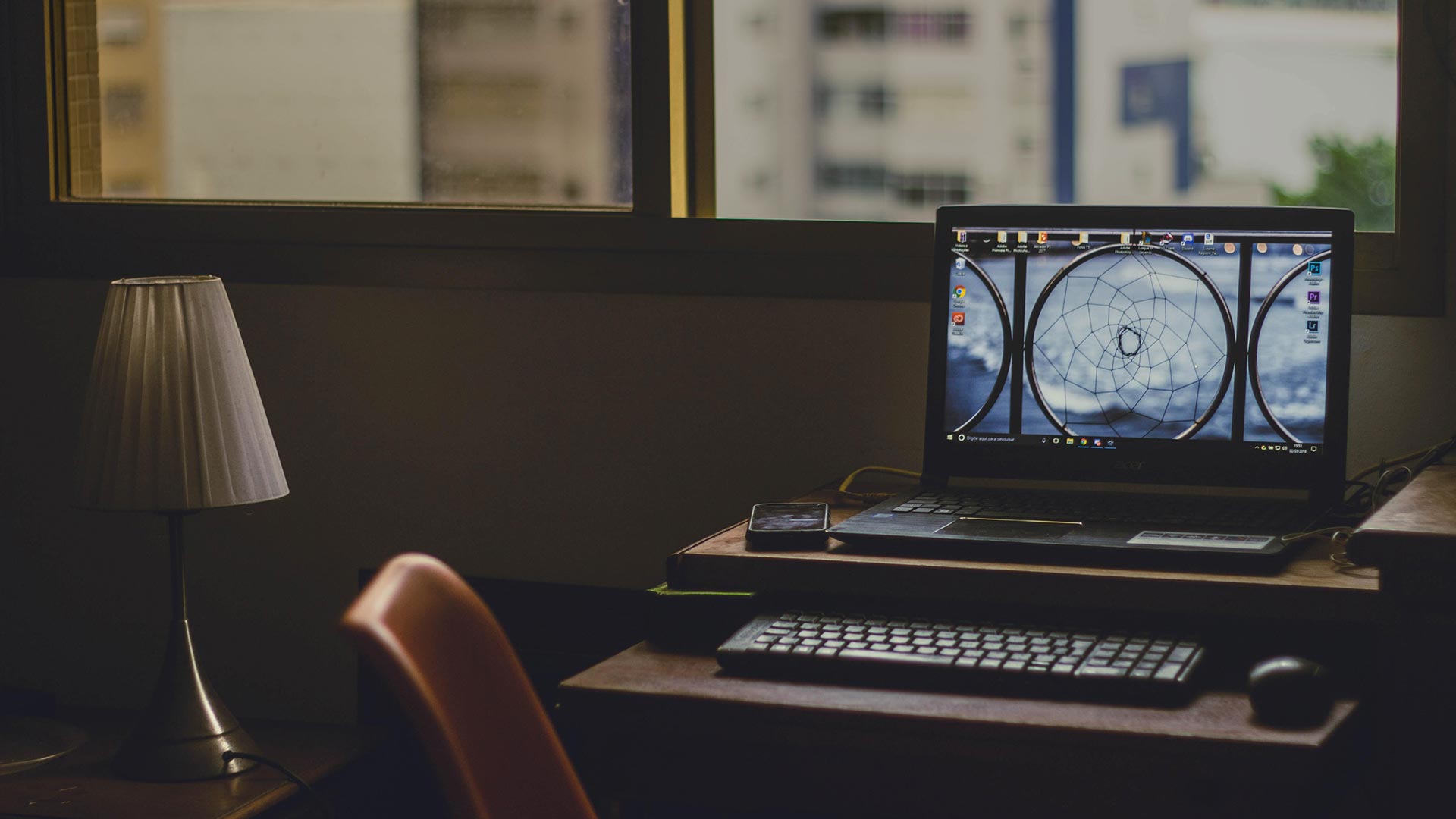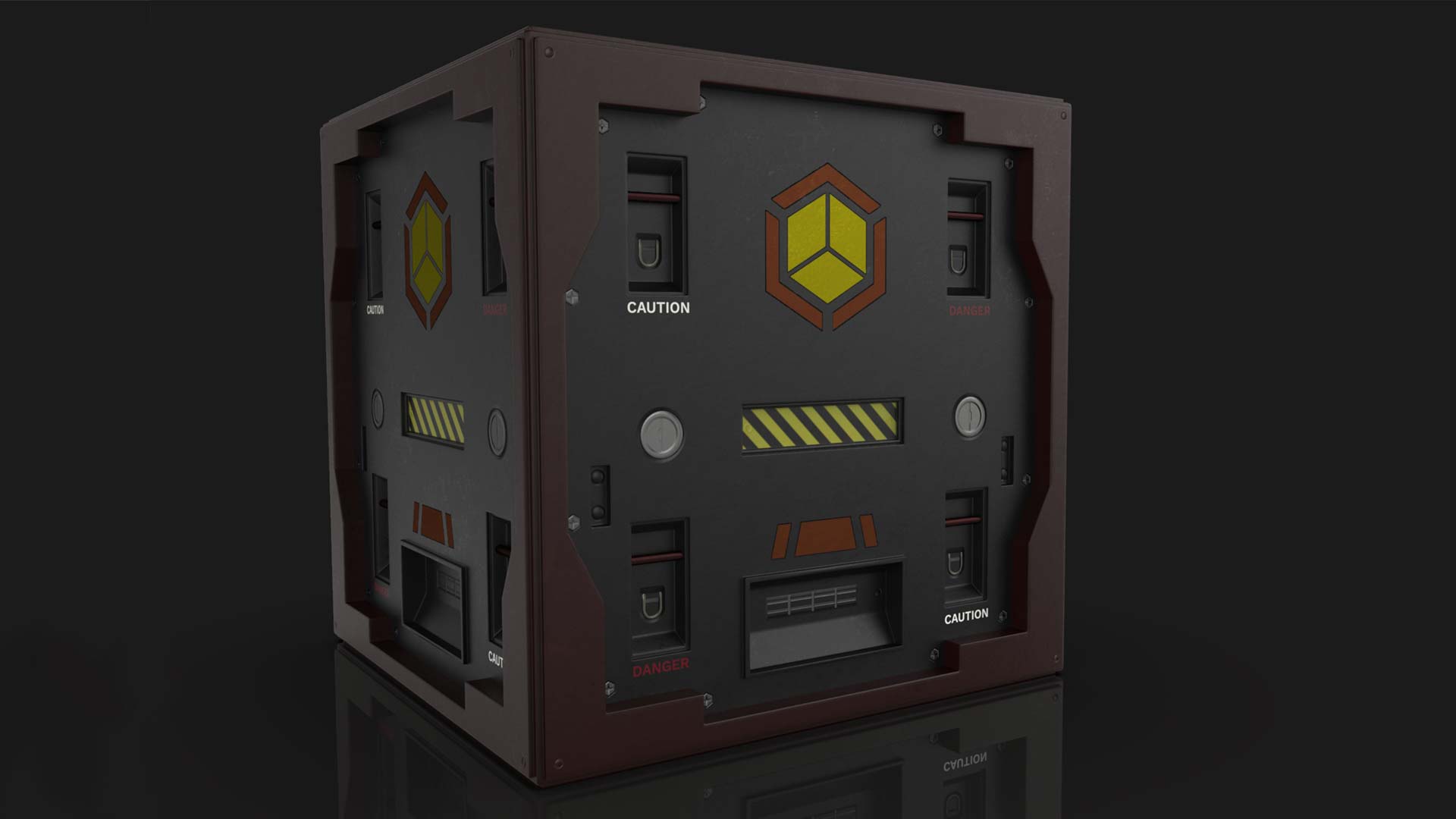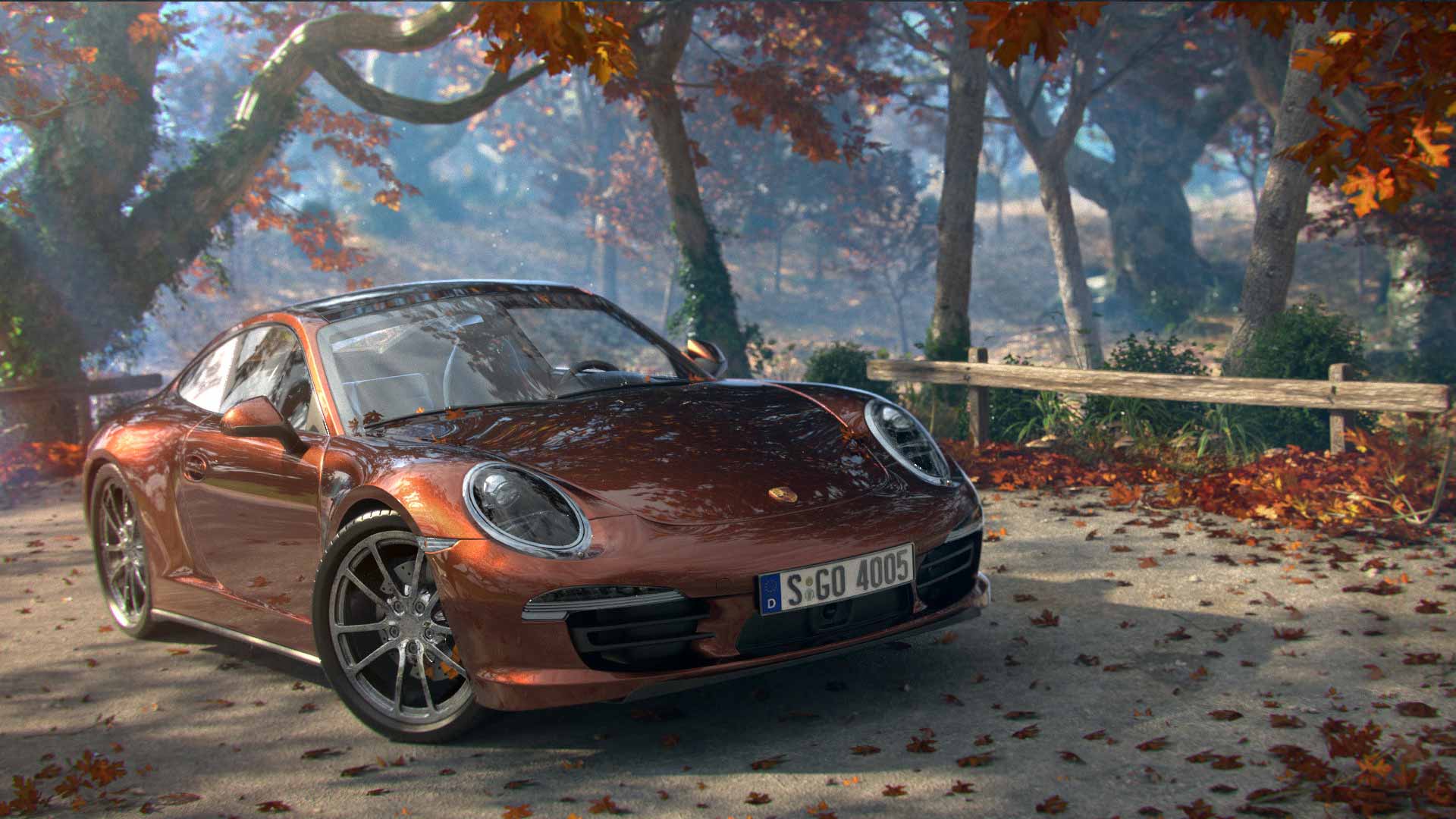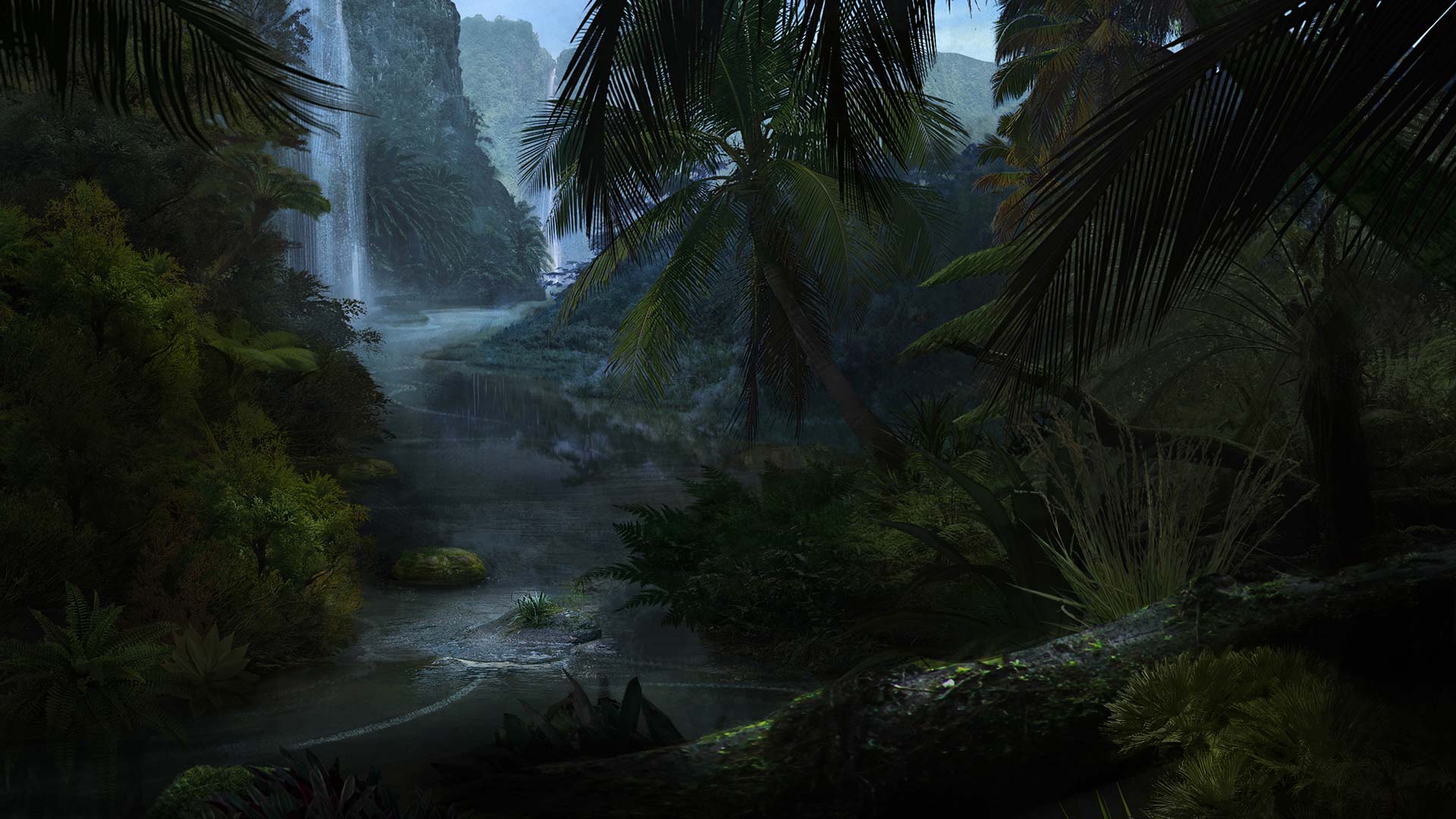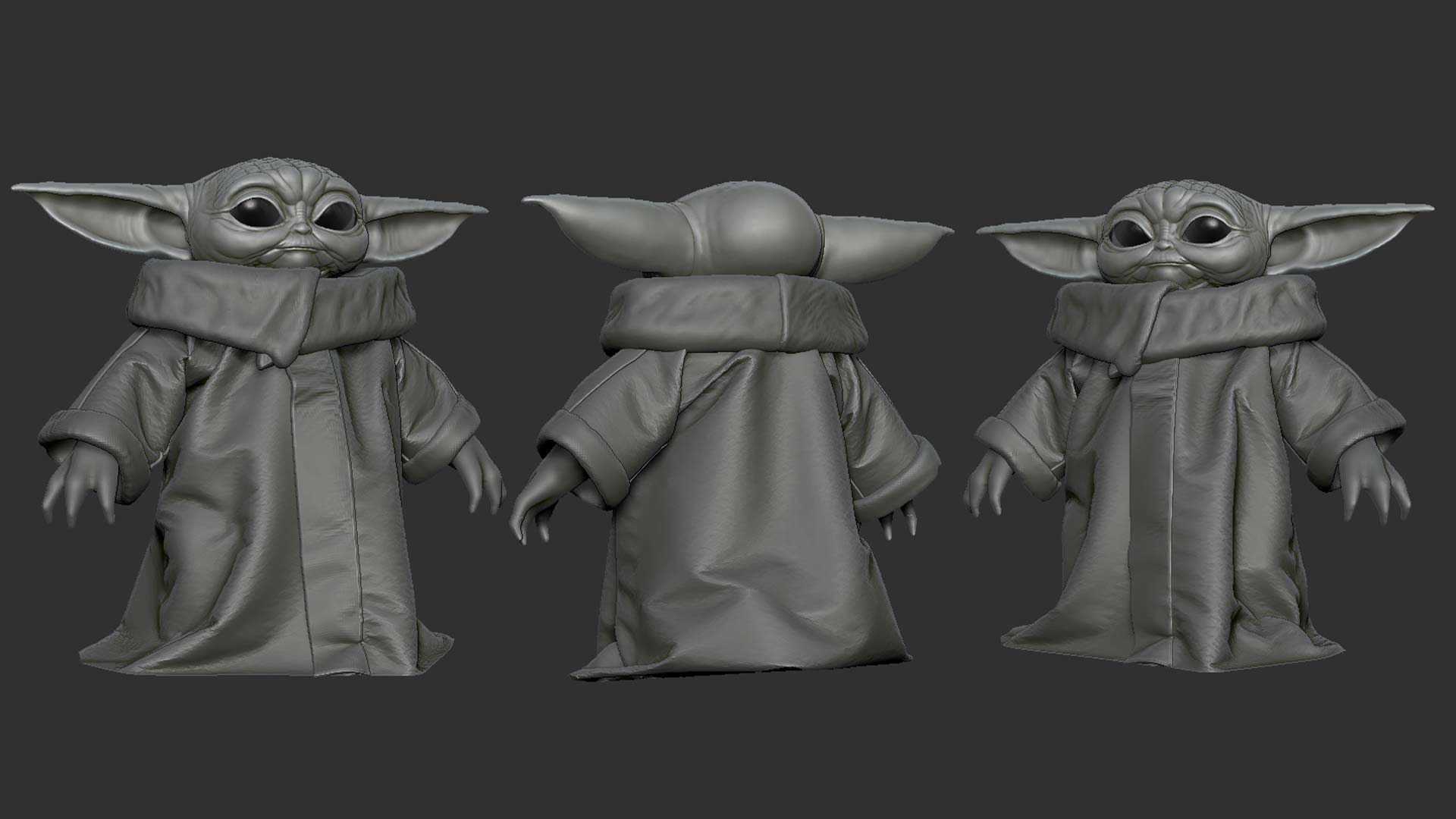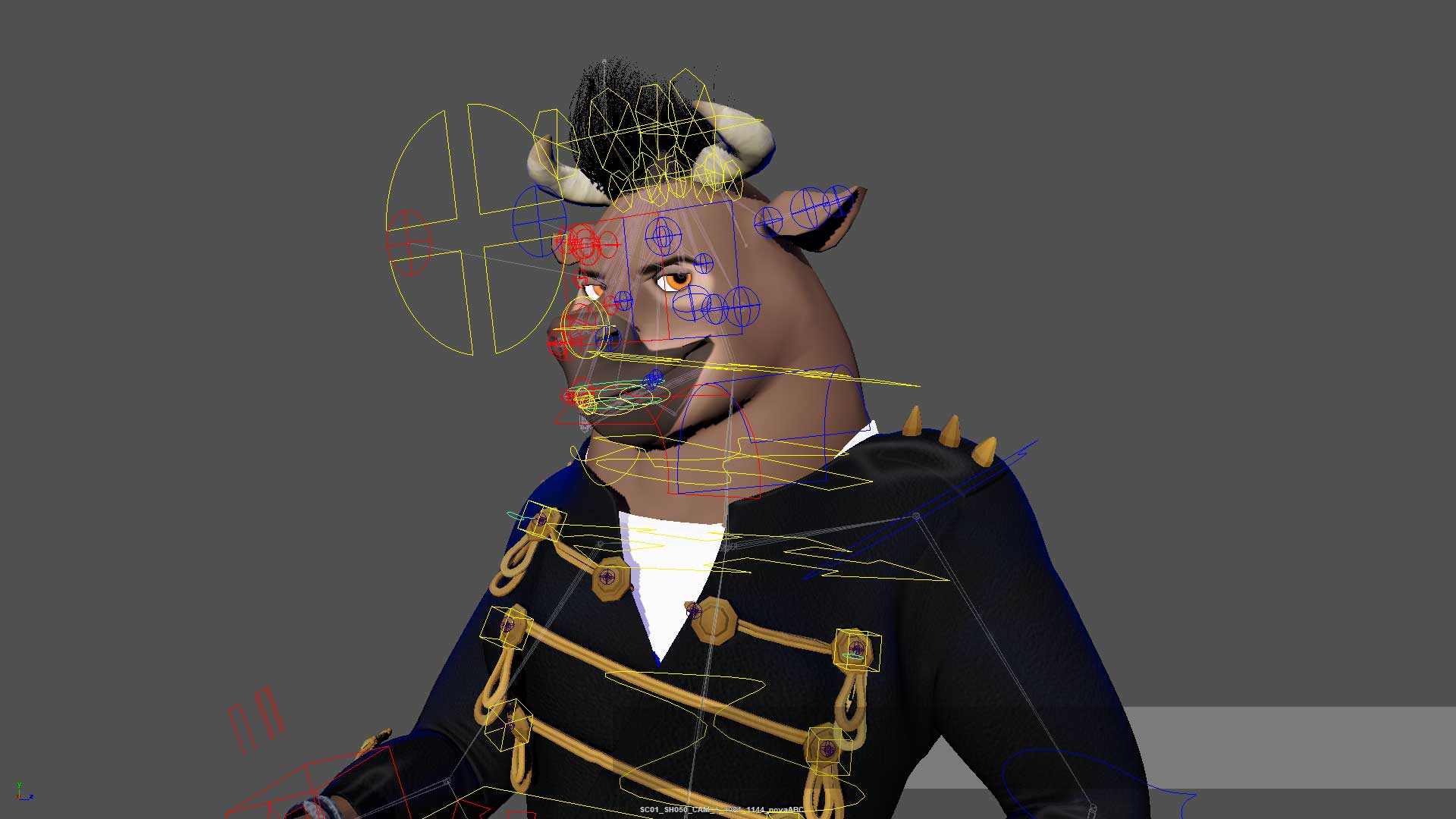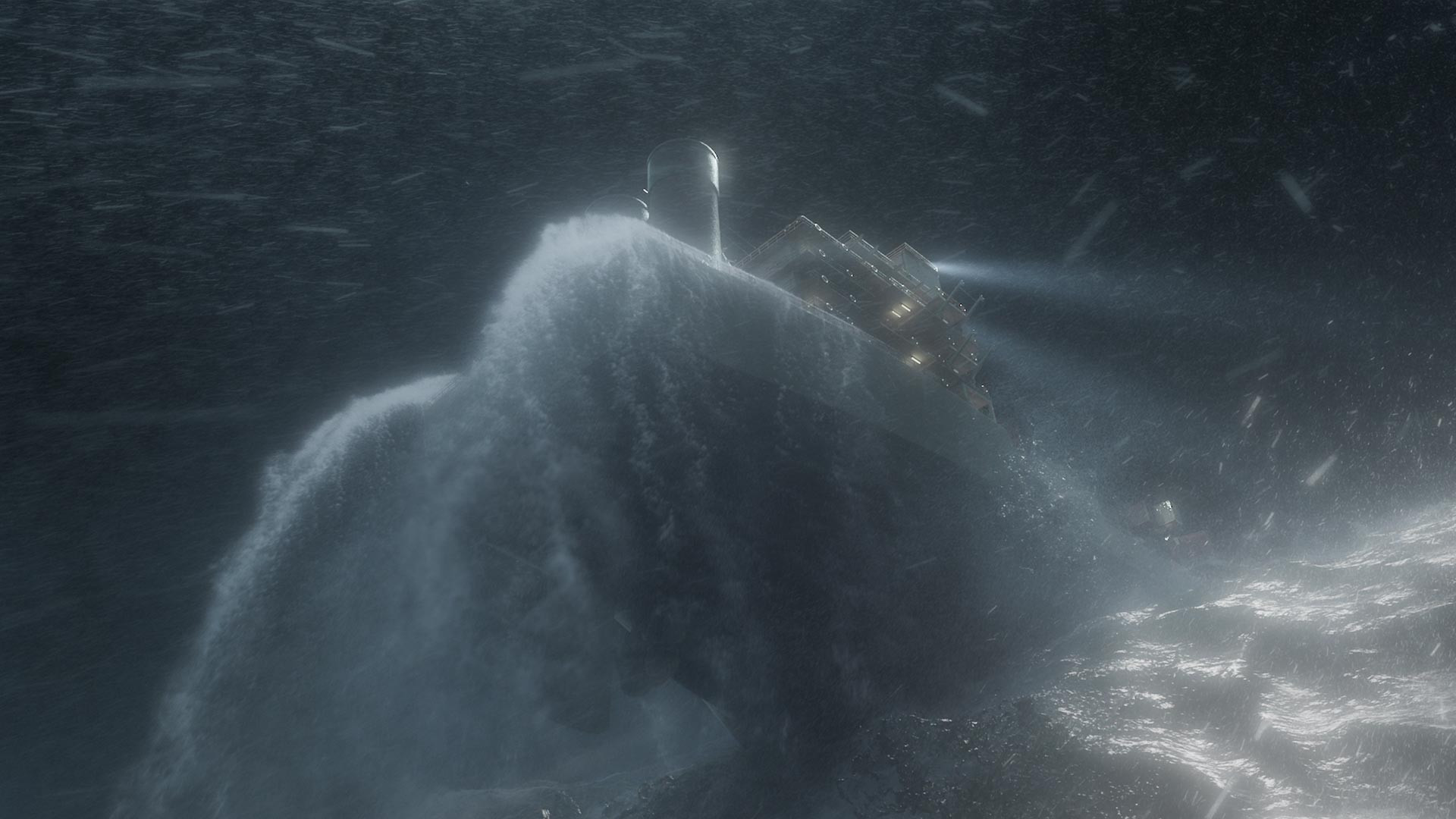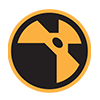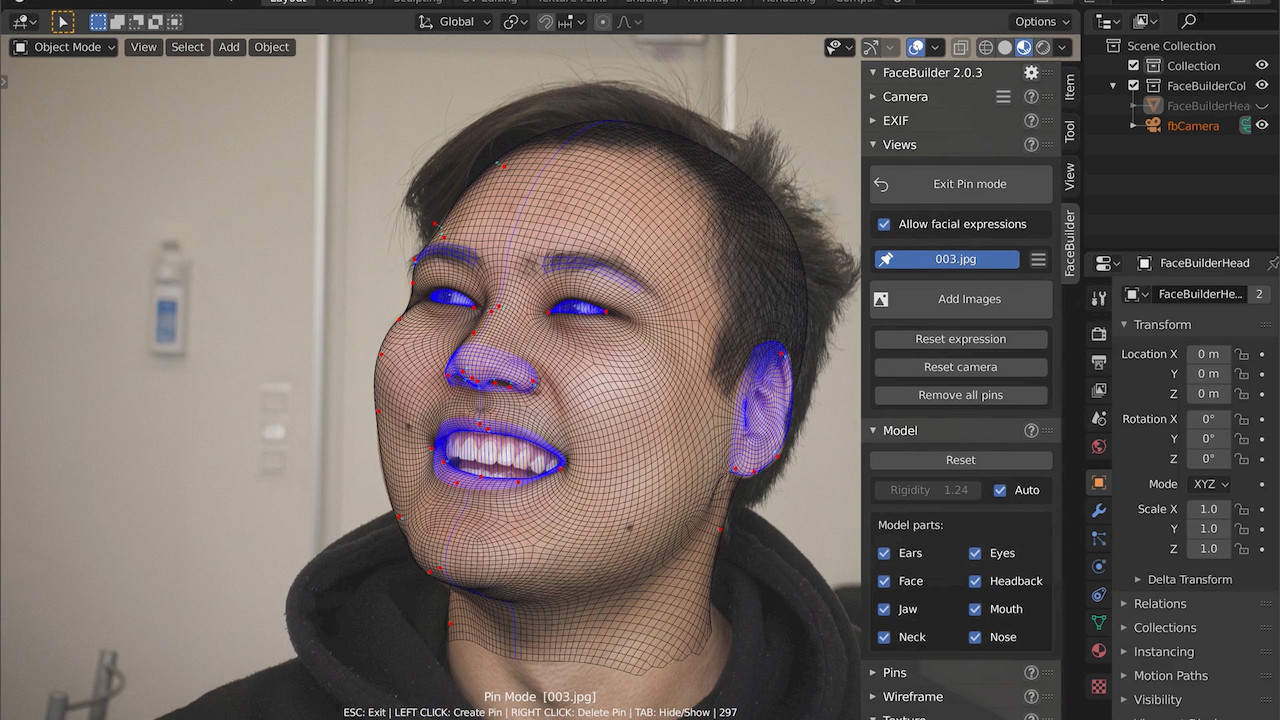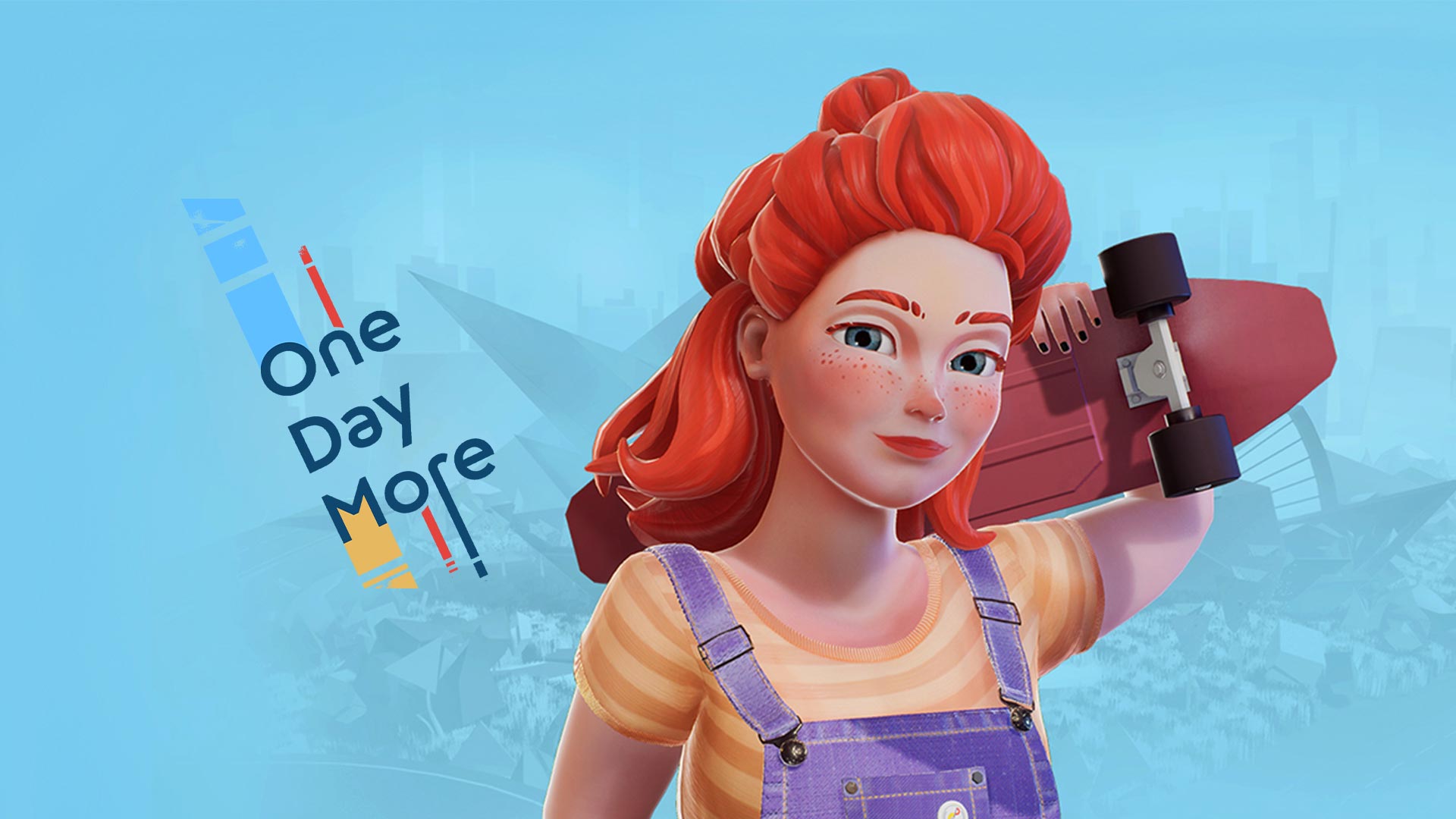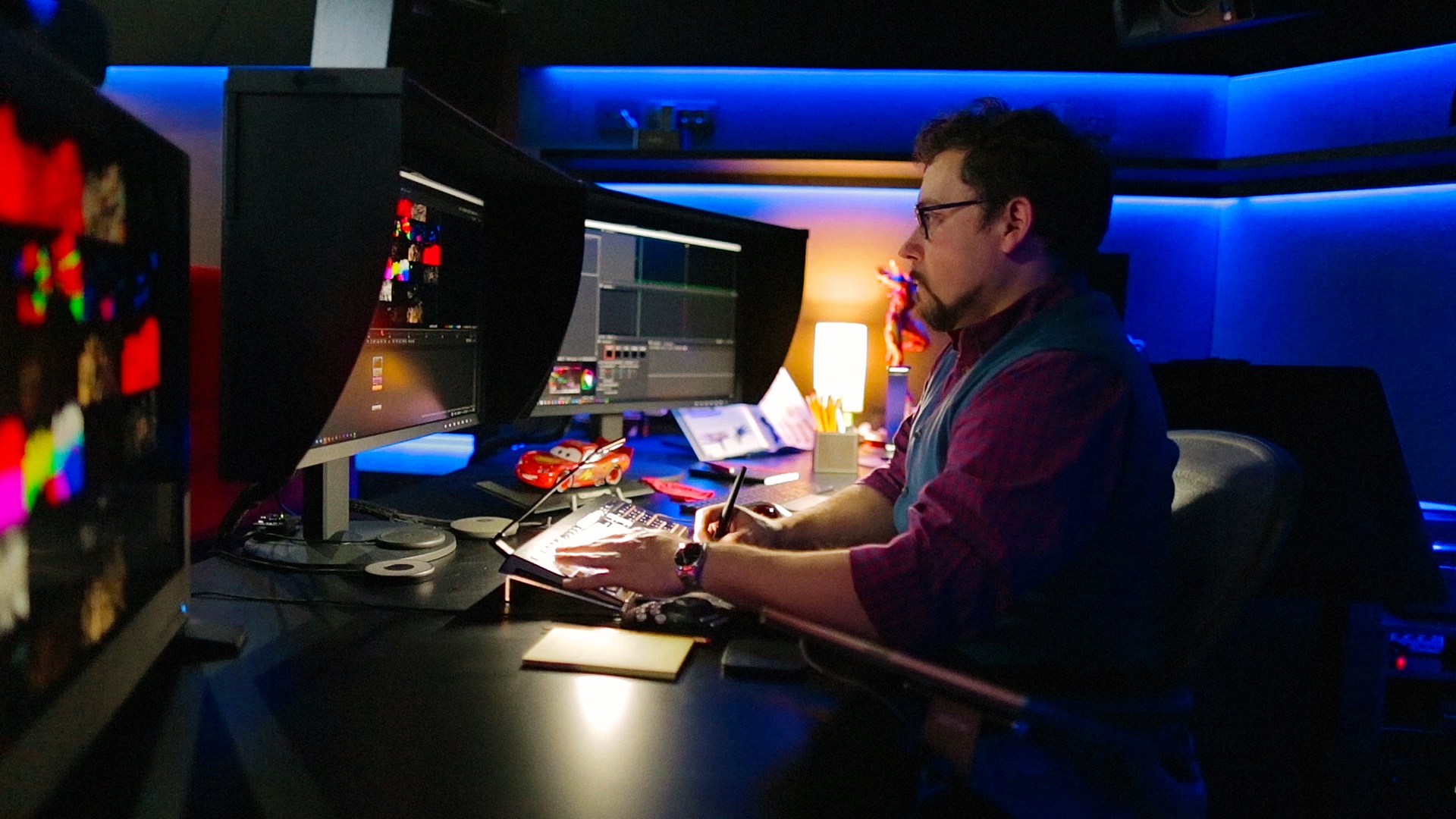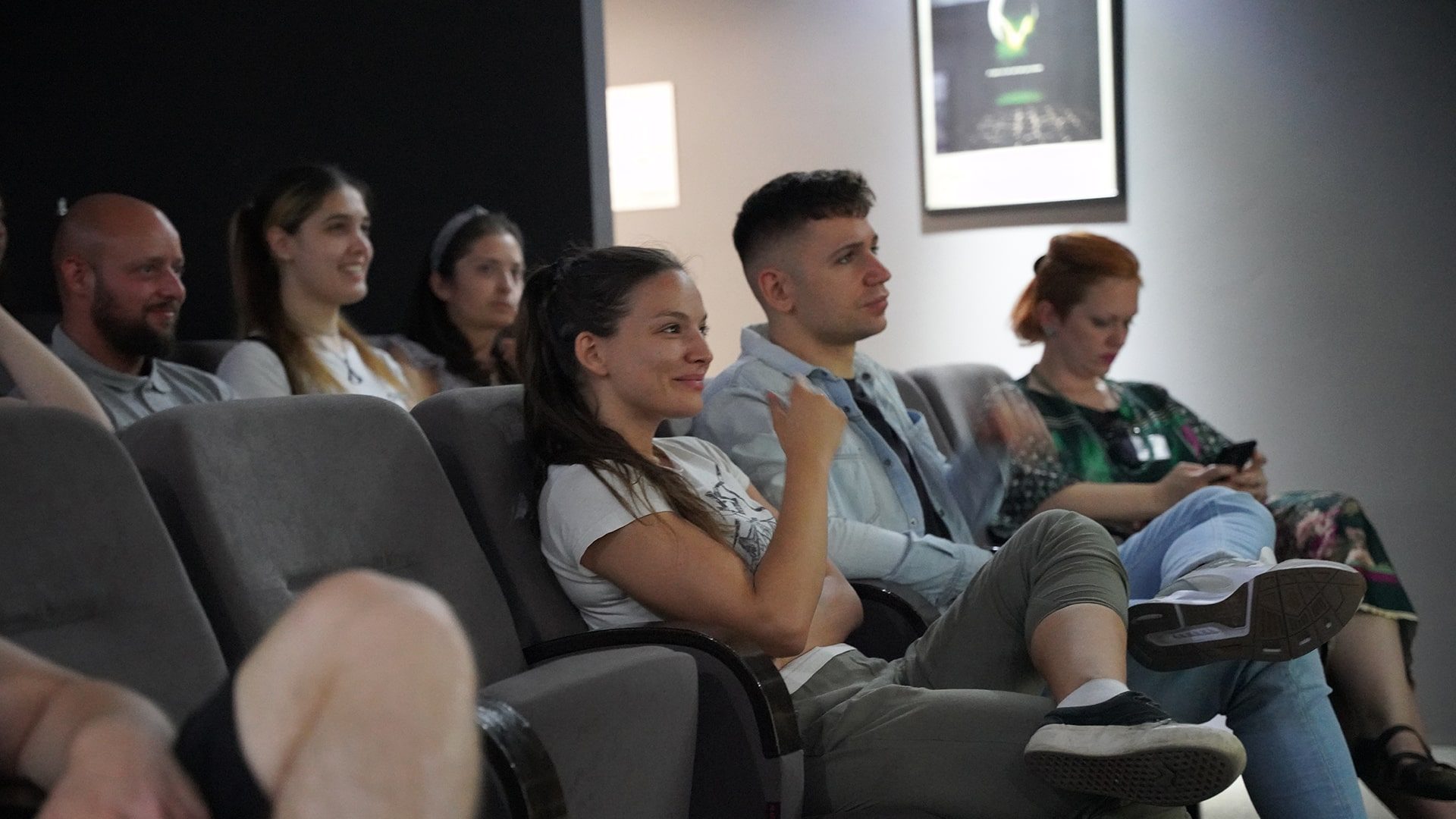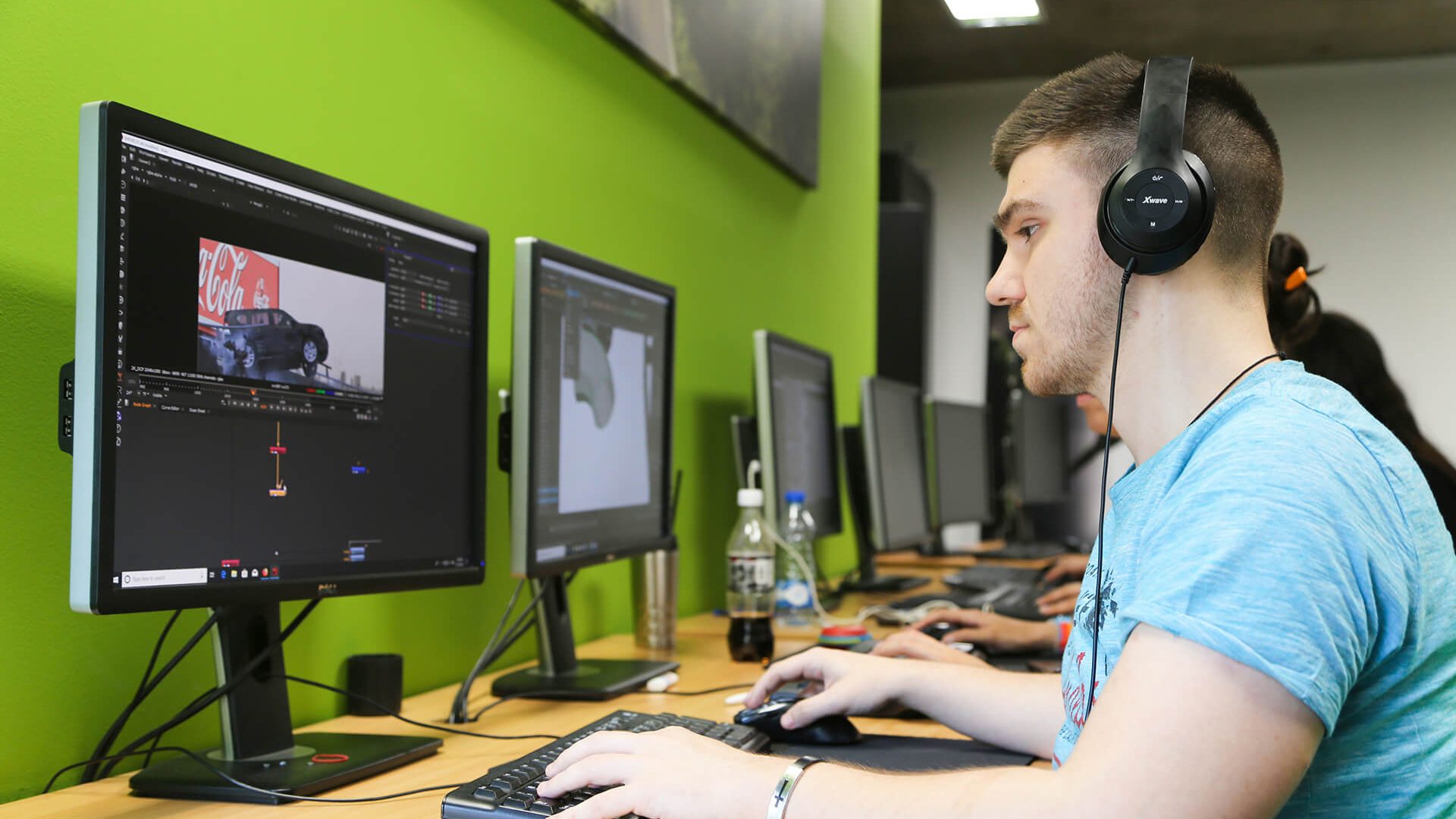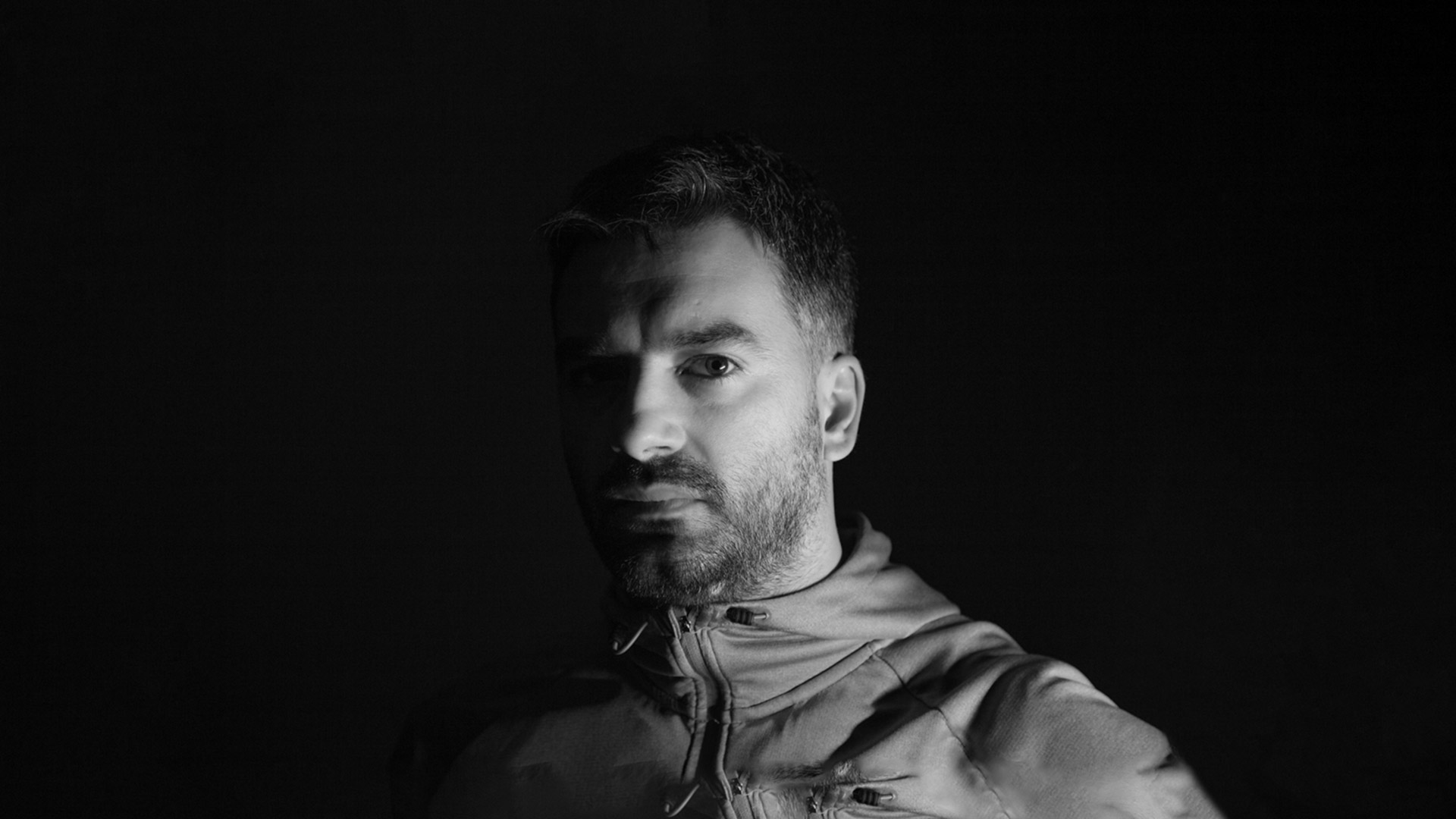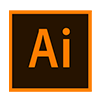Motion Graphics 3D
Motion Graphics 3D
-After Effects, Cinema 4D, Unreal Engine
Master the art of 3D Motion Graphics!
Staying competitive as a Motion Graphics Artist in today’s Entertainment and Advertising industry is a balancing act of learning and applying new techniques!
After Effects 3D Motion Graphics course will help you dive into main techniques applied in Motion Graphics today, such as 3D Logo Animation and CG compositing. The course focuses on After Effects and Cinema 4D pipeline with introduction to using and combining Illustrator, Photoshop and Unreal Engine in the process.
If you’re looking to further explore the world of 3D through After Effects, this is the place to start!
Our students will have an exclusive opportunity to get acquainted first hand with the work processes in the leading creative studios in this area such as Fried and OvationBBDO. The course will be followed by a short internship program in a partnering TV studio.
Week I
• Cinema 4D to After Effects pipeline
• Types of geometry in Cinema 4D
• Basic light tehniques in Cinema 4D
Week II
• Cinema 4D Materials Fundamentals
• Animation in Cinema 4D
• Using Text in Cinema 4D
Week III
• Mograph tools fundamentals in Cinema 4D
• Working with fields and deformers in Cinema 4D
Week IV
• Cinema 4D Dynamics Fundamentals
• Scene optimization
• Cinema 4D Rendering Fundamentals
• Exporting a scene to Unreal Engine
Week V
• Working with Unreal Engine
• Rendering in Unreal Engine
• Compositing and CG Compositing in After Effects
Week VI
• Rendering in After Effects
• Formats for social media
• Demo reel tips
Upon completion of the course students will receive the Crater Training Center Certificate.
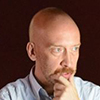 Vladan Djiri Vasiljevic
Vladan Djiri Vasiljevic
Digital Compositor and Motion Graphics Artist
Vladan is a multidisciplinary digital artist from Belgrade with vast knowledge of the entertainment and feature film industry. He holds a long track record in teaching motion graphics and postproduction.
As an urban culture tour-de-force, he has worked with Mixer Festival, Baraka Cultural Center, FRKA Film Workshop, and GameUp Festival, just to name a few. Companies like Nordeus and Crater Studio are also his regular collaborators.
He is into movies, comics, video games, street photography, motion, and 3D graphics. Occasionally, he finds himself in the role of a party DJ. At Crater Training Center, Vladan is the course instructor for Motion Graphics 2D, and Motion Graphics 3D.
COURSE INFORMATION
TUITION
810 EUR price category 1*
1215 EUR price category 2*
VAT included.
* View pricing & payment options
Start date
September, 2024
Check out the course calendar
COURSE DURATION
7 weeks (72 classes)
REQUIREMENTS
basic computer skills
Photoshop*
* or equivalent computer skills
ENROLLMENT
In the classroom / Online
Students works
Nemanja Vukmirović - 2020
Related Courses
Photoshop
Photoshop
Photoshop – Your First Step into the World of Digital Art
If you’re planning to dive into the creative world, Photoshop is the tool you simply must master. Whether your goal is to become a concept artist, work in game art, visual effects, or graphic design, this is where your journey begins.
In this course, you will not only learn how to use Photoshop, but also how to think like a digital artist. We’ll work on real-world examples and tasks that reflect the needs of the modern creative industry.
During the course, you will master:
- Getting familiar with Photoshop’s workspace and basic principles
- The fundamentals of raster and vector graphics
- Photo retouching and color manipulation
- Creating graphic compositions and working with layers and masks
- Preparing images for web, print, and portfolio presentations
By the end of the course, you’ll be ready to use Photoshop independently for various projects and continue to improve in the field of digital art.
Getting to know Photoshop
• A brief history of Photoshop and areas of its application
• Types of graphics: Raster and vector graphics
• Basic terms related to raster graphics (various formats, size, resolution)
• Setting up your monitor
• Hardware and system installation requirements
• Running the program for the first time and restarting the program with factory settings
• Initial program setup (resizing, history, OpenGL support…)
• Getting to know the graphic environment, working with tools and manipulating the display
Basic techniques for photo processing
• Correcting and cropping images with Crop tool
• Adjusting Brightness / Contrast
• Adjusting Shadows / Highlights
• Undo and History panel
Photo retouching
• Changing parts of an image with Dodge, Sponge, Burn, Blur, Sharpen, and Red Eye tools
• Changing parts of an image with Clone Stamp, Spot Healing Brush, Healing Brush, and Content-Aware Fill tools
• Replacing colors in an image with Replace Color tool
• Visual aids Pixel Grid and Layer Edges
• Retouching strategy
Transitions between colors – gradients
• Creating predefined transitions between colors
• Using of predefined color transition libraries
• Creating your own color transitions
Working with layers, selections and raster masks
• Organizing PSD files using layers and multiple work surfaces (Artboards)
• Layer manipulation (changing the layer order, turning layers on/off, locking layers…)
• Selection Tools: Marquee, Quick Selection, Magic Wand, Lasso, Polygonal Lasso, Magnetic Lasso
• Adjusting Selection Edges (Feather, Expand, Contract, Smooth tools…)
• Geometric Image Transformation Tool (Move, Rotate, Mirror, Warp…)
• Image Transformation with Puppet Warp tool
• Use of guides and rulers
• Applying styles to layers
• Layer groups
• Exchanging layers between multiple files and working with multiple files
• Blending modes – interaction between layers based on colors
• Layer merging
• Creating and modifying a raster mask
• Text adding and adjusting
• Text masking
• Text Warp tool
• Saving files in different formats
• Capture images with the Save for Web tool
Additional techniques for selection
• Creating masks with the Quick Mask tool
• Setting the edge of the selection with the Select and Mask tool
Adjustment layers
• Understanding the histogram
• Exposure adjustment layer
• Brightness / Contrast adjustment layer
• Levels adjustment layer
• Vibrance adjustment layer
• Hue / Saturation adjustment layer
• Posterize adjustment layer
• Photo Filter adjustment layer
Working with channels
• Working with channels
• Grayscale, RGB and CMYK channels
• Channel Mixer adjustment layer
Filter application basics
• Filter Gallery
• Smart filter application
• Gaussian Blur Filter
• Noise reduction with Reduce Noise filter
• Sharpening images with the Unsharp Mask filter
• Vanishing Point Filter
• Radial Blur and Motion Blur filters
Multiple photo manipulation
• Creating a panorama out of multiple photos
• Uploading multiple photos into one file
• Layer alignment
Logo Design – Vector Graphics
• Creating and adjusting paths
• Creating selection using paths
• Creating layers with vector masks
• Creating and changing predefined vector symbols
• Creating and modifying Smart objects
HDR and RAW photography
• About HDR and RAW photography
• Necessary equipment
• Sensors, color depth, dynamic range
• RAW recording and JPG compression
• Image adjustment with the Adobe Camera Raw tool (white balance, exposure, brightness, contrast, sharpness and color saturation)
• Creating an HDR image from multiple photos
Upon completion of the course students will receive the internationally recognized Adobe Certificate of Completion, as well as the Crater Training Center Certificate.
 Saša Živković
Saša Živković
Education Manager @ Crater Training Center
With thousands of educated trainees of all ages under his hat, Saša is an expert in IT-related education certified by Adobe and Autodesk. A consistently top-rated Autodesk instructor for Serbia, he was also licensed by the Institute for the Advancement of Education and Training to provide IT training to high school teachers. In collaboration with Computer Library Čačak, he has authored four AutoCAD instruction books.
A multi-talent, Saša also worked on various projects related to stage design, advertising, and business process monitoring software implementation. Formally educated as a Naval Architect at the Faculty of Mechanical Engineering, he has spent his life expanding his knowledge of computer graphics and its cross-industry applications.
COURSE INFORMATION
TUITION
330 EUR price category 1*
495 EUR price category 2*
VAT included.
* View pricing & payment options
Start date
July 19th, 2025
Check out the course calendar
COURSE DURATION
3 weeks (36 classes)
REQUIREMENTS
basic computer skills
* or equivalent computer skills
ENROLLMENT
In the classroom / Online
Students works
Related news
Digital Compositing
Digital Compositing
Nuke
Master the art of creating true movie magic!
What makes movies like Star Wars, Matrix, and The Lord of the Rings so special? The answer is special effects, miniatures, explosions, props, digital characters, surreal scenes.
However, any one of these elements alone is not sufficient. Combining various elements (e.g., miniatures and actors) is crucial for creating an illusion of reality in the eyes of the spectators. Like when an actor standing before a green screen gets to travel to a galaxy far far away on the movie screen thanks to the astonishing digital environment. The very process of matching these elements is called compositing, which is the staple of this course.
In 7 weeks, students will understand the basic principles of digital compositing. They will learn to match real-life images against a green screen with digital elements, create color corrections, and do stereo compositing while working with props, tapes, and digital material in a production environment. All techniques will be explained using real production examples. The curriculum includes practical work for all students.
As the course progresses, the assignments will become more and more similar to a real-life production environment that includes simulation of various problems, deadlines, and demands from the client/ superiors.
Introduction to digital compositing
• Introduction, history, optical compositing, basics of film, digital compositing with examples (Star Wars, Blade Runner, Terminator, Titanic…)
Components of a digital image
• Digital and analogue signals, digitalization, basic components of an image, pixel, bit depth, resolution, characteristics of images from film and digital cameras, HDR format, Gamut, Color space
Light and camera I
• Basics of lights, movement of light, reflection, refraction, light sources, shadows, light temperature, white balance. Pinhole camera, visibility angle, perspective, explanation of aperture, depth of field, ISO sensitivity – all with practical examples
Light and camera II
• Filming angles, creative use of light, analyzing the light in various examples, recognizing types of light for easier matching. Camera movements, basic division and terminology. METADATA, how everything helps.
• Practical examples – the more the better.
Nuke basics
• Interface, navigation, controls, nodes, loading files. Simple compositing with two overlapping images. (Parallel with examples from Photoshop, so as to display the parallels between Nuke and Ps. Simple key)
• Exercise
Input devices
• Formats, analogue, digital, PAL, NTSC, HD, RED FPS, aspect ratio, compressing signals, compressing data, lossless and lossy compressions, file formats BMP, TGA, PNG, JPG, MPEG, MOV, DPX, EXR. Advantages and disadvantages, format conversion
All about color
• Theory of color, examples of photographs and various works of art
• Color correction in Nuke, showing what each slider does, explaining on a histogram what is happening with a signal
• Secondary color corrections. Examples from production
• Exercise – color corrections, on a given example (a homework assignment is also given)
Merge operators
• Operations between two inputs. Plus, minus, over, min, max, screen, overlay… To be explained mathematically. Premultiply and unpremultiply (To be demonstrated through a simple example and then through an example from production)
• Exercise
Filters, interpolation, transformation
• Blur, defocus, median, edge blur, erode, sharpen, soften, zblur, motion blur, emboss, god rays…
• Transformations: translate, corner pin, reformat, crop
• Interpolation: cubic, nearest, mitchel… (To be demonstrated through examples including several examples from production)
• Exercise
Animation, working with keys
• Roto, working with masks. Principles of animation, timing, spacing (Roto to be demonstrated through a simple example)
• 2D tracking, matchmove, stabilization. Example: sky replacement. Planar tracker (to be demonstrated through an example)
• Spline warp, grid warp, morphing
• Exercise
Compositing CG elements I
• Pass compositing. Working with channels. Integration with real elements, reference stand in, light wrapping, shadows, standardization of color, spill suppression, atmospheric effects, camera characteristics, size and perspective, focus and defocus (bokeh), motion blur, lens flare…
• Exercise: demonstrations through a simple example and then through an example from production
Compositing CG elements II
• Continuation
• Exercise
Visual qualities of an image and the perception of the eye
• Light and shadow
• Persistence of vision
Linear workflow
• Nonlinear Color Encoding (logarithmic format) (Examples: The Other Guys (film): how to render, how to set LUT, how to finalize)
More complicated key, keylight, primatte and IBK combinations I
• Custom despill, hue correct, smoothing edges, light wrap
• Grain, adding match grain.
• Exercise
More complicated key, keylight, primatte and IBK combinations II
• Continuation, key and key roto combined
• Exercise
3D space in Nuke
• 3D space, navigation, controls, nodes
• Camera tracker in Nuke and adding a track from another program (Maya)
• Projections, removing unwanted objects (Best example: removing unwanted objects in The Other Guys – scene in a bar)
• Exercise
Stereo compositing
• 3D space (Examples from Shark Night)
• Exercise
Quality and efficiency
• Minimizing data loss, Internal Software Accuracy
• Efficiency (Consolidating Operations, Region of Interest, Networked Environment, Disk Usage, proxy)
(Examples of an efficient Nuke workflow)
Organization of workflow
• Structure, working with files, working logically (gradually)
Working in pipeline surroundings and communicating with other VFX departments
• Demonstrating through an example the organization of production between the CG and comp sectors
(Shark Night may be used as an example)
• Exercise: group exercise Compositing and Light/ render departments
Analyzing workflow through examples from production
• Several examples may be taken from prior lectures and given now in full
(Interactive lecture, Q&A, group analyses)
Automation of the comp process through Python and the creation of a gizmo
• One simple example, gizmo for passes, from The Other Guys
(Analysis: automatic comp, output gizmo…)
• Exercise: Python exercises
Final exercise. Comp frame that contains CG, green screen, practical
(A concrete example may be taken from Crater production)
Independent exercise
Upon completion of the course students will receive the Crater Training Center Certificate.
 Nikola Vučenović
Nikola Vučenović
Compositing supervisor @ Crater Studio
A filmmaker and VFX artist, Nikola is a true master of the craft who uses technical expertise in visual effects to weave stories and build worlds. As a passionate innovator, he enjoys exploring different methods to achieve extraordinary results. He is religiously following all the trends and developments in the industry. He is always the first one to discover and use new technologies to improve storytelling and blur the lines between fantasy and reality.
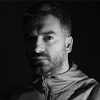 Matija Koraksić
Matija Koraksić
Senior Digital Compositing Artist @ Crater Studio
Matija is an experienced artist who mastered the craft of composing many years ago in Crater Training Center. In Crater, he has had the opportunity to participate in an enviable number of exciting projects. He has studied literature but found his place in post-production as he believes that this profession sublimates most of his affinities. For him, compositing provides a perfect workflow dynamic with minimal repetition and monotony. Read more about Matija’s experience and career path in this interview.
 Luka Đorđević
Luka Đorđević
Digital Compositing Artist @ Crater Studio
Luka is a dedicated artist who ventured into the world of VFX shortly after completing school. He chose the challenging path of a Compositing Artist, working tirelessly at Crater Studio across a diverse range of projects. Luka possesses exceptional patience and a keen eye for detail, qualities that are invaluable in the world of visual effects. Beyond his technical skills, he excels in imparting knowledge and offering constructive feedback to both aspiring course participants and seasoned intershipners, helping them grasp the intricacies of this intricate craft.
COURSE INFORMATION
TUITION
1240 EUR price category 1*
1860 EUR price category 2*
VAT included.
* View pricing & payment options
Start date
May 22nd, 2025
Check out the course calendar
COURSE DURATION
7 weeks (75 classes)
REQUIREMENTS
basic computer skills
Photoshop*
* or equivalent computer skills
ENROLLMENT
In the classroom
Students works
NIkola Canić - 2017
Zlatko Milojicic - 2017
Tamara Dinic -2016
Zoran Jovanovic - 2016
Andrija Tomašević -2014
Nikola Novaković - 2015
Živan Petričević - 2016
Related news
Motion Graphics 2D
Motion Graphics 2D:
Animation in After Effects
Creative industries and advertising are experiencing the need for artists with a wide range of skills in various CG software.
For this reason, we created the 2D Animation course, which relies heavily on Adobe After Effects and is designed to cover a large number of procedures currently used in advertising, entertainment, and the video game industry. Our students will have an exclusive opportunity to get acquainted first hand with the work processes in the leading creative studios in this area such as Fried and OvationBBDO. The course will be followed by a short internship program in a partnering TV studio.
In addition to the above, students will use other Adobe software including Photoshop, since the solid knowledge of this software is essential for understanding the lectures. After six intensive weeks, the course-goers will be able to use the globally popular After Effects tool for designing original videos and animations.
Some of the techniques studied in the course are: motion graphics animation, 2D animation, kinetic typography, logo animation and explainer video animation. For more information, read the detailed program below.
Week 1
• Adobe After Effects workflow
• Basic principles and tools
• Types of video formats
• Basic layer transformations
• Types of keyframes, working with the graph editor
Week 2
• Working with shape layers
• Animating and editing a mask
• Path Operators in Shape Layers
• Liquid Motion
Week 3
• Repeating elements
• Time remapping, loop animation with expressions
• Animating shape layers
• Working with text
• Kinetic Typography
Week 4
• The 12 principles of animation in After Effects
• Preparation and animation Photoshop and Illustrator files for After Effects
• Animate a Logo in After Effects with Motion Graphics
• Double Exposure
Week 5
• Retro Motion Graphics
• Seamless Transitions
• Create a 3D Scene from a Photo in After Effects
• Compositing techniques
Week 6
• Combining video and motion graphics
• Keylight effect and green screen techniques
• Mixing 2D and 3D techniques
• Rendering techniques and demo reel tips
Upon completion of the course, students will receive the Crater Training Center Certificate of Completion.
As part of the training, participants will visit some of the leading creative studios in the country, including Fried and OvationBBDO. The course will be followed by a short internship program in a partnering TV studio.
The best students might be offered a job opportunity.

Vladan Djiri Vasiljević
Compositing & Motion Graphics Artist
Vladan is a multidisciplinary digital artist from Belgrade with vast knowledge of the entertainment and feature film industry. He holds a long track record in teaching motion graphics and postproduction.
As an urban culture tour-de-force, he has worked with Mixer Festival, Baraka Cultural Center, FRKA Film Workshop, and GameUp Festival, just to name a few. Companies like Nordeus and Crater Studio are also his regular collaborators.
He is into movies, comics, video games, street photography, motion, and 3D graphics. Occasionally, he finds himself in the role of a party DJ. At Crater Training Center, Vladan is the course instructor for Motion Graphics 2D, and Motion Graphics 3D.
COURSE INFORMATION
TUITION
770 EUR price category 1*
1155 EUR price category 2*
VAT included.
* View pricing & payment options
Start date
June 17th, 2025
Check out the course calendar
COURSE DURATION
6 weeks (72 classes)
REQUIREMENTS
basic computer skills
Photoshop*
* or equivalent computer skills
ENROLLMENT
In the classroom / Online
Students works
Katarina Josic - 2020
Marija Đorđević - 2020
Elda Stanković - 2019
Katarina Kostadinov - 2020
Sinisa Zivic - 2020
Andrea Marić - 2019
Nikolina Santovac - 2020
Igor Špagnut - 2020
Luka Benedetti - 2020
Lazar Mladenović - 2019

